THE LINK to #urbanana:
Rhine cities and the new harbours, part 2 – From the silver wave to a harbour spectacular
in English / Reportage / Übernachten: 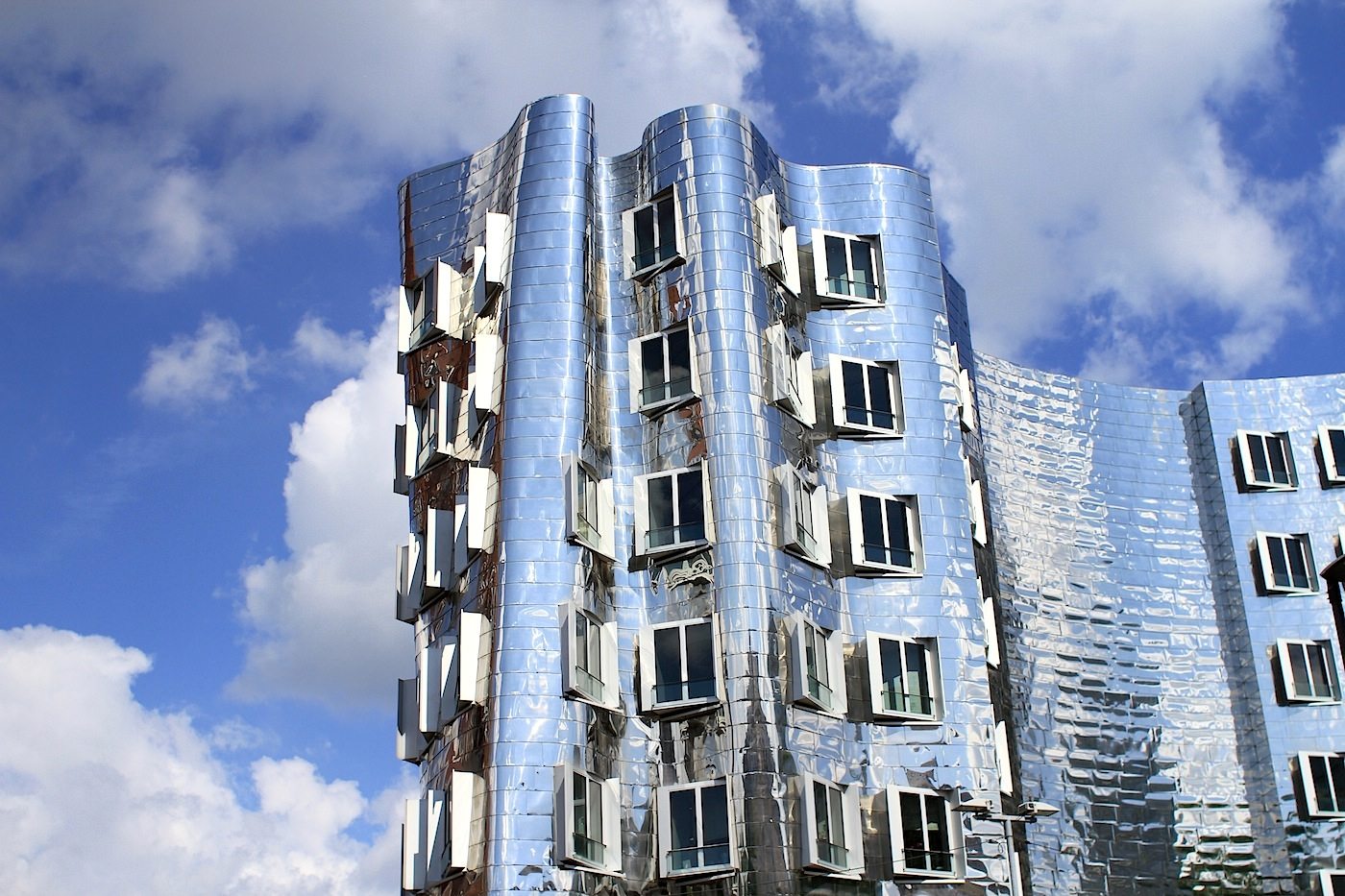
Among the three harbours that we have explored is the Medienhafen of the individualist. In comparison to the harmonious, hermetic Innenhafen (Inner Harbour) in Duisburg (part 1) and the straightforward practicality of the Rheinauhafen in Cologne, it is characterised by architectural variety and diversity in a space that is rather small, compared to the other two harbours. Added to that are the topography and location of the Dusseldorf Neuhafen (New Harbour), which appears airy and transparent with its permeability and its visual axes toward the inner city. One of the most dramatic scenic outlook points is Pebble’s Terrace, with a five-star hotel behind it and a raw panorama of the city and the river. Here, the idea of „The Dorf“ works like the architecture of Dubai or Singapore: The outlook, architecture and ambience succeed in creating a three-way alliance. The fact that, on top of this, the harbour can display so much individual building artistry is due also to the overall strategy of this capital city of North Rhine-Westphalia. With the redesign of the old harbour on the Rhine, there were no surface improvements and no overall architectural-urban design structure. Every plot was individually dealt with and customised for its future users. The result is an architecture that in spite of – or even because of – this direction, seems compact, diverse and exceptionally thrilling in height, width and appearance.
In 1990, the city began the restructuring of the former Zollhafen (Customs Harbour), a small part of the area of the harbour as a whole and contemporaneous with the plans in Duisburg. Dusseldorf’s Rheinturm (1982), or Rhine Tower, had previously been built, and in 1988 the new building of the state parliament followed. Both are only a few minutes away from the Medienhafen, which was suddenly very present in 1999. Frank O. Gehry & Associates and Beucker Maschlanka und Partner had finished the high-contrast Neuer Zollhof, consisting of three buildings, after a three-year building period. Materiality and asymmetry characterised the three-building ensemble: stainless steel, limestone and red clinker bricks define the façades of Haus B, Haus C and Haus A. The ensemble had national and international significance for the development of the Medienhafen. What’s more, it stands as a proxy for the building culture conglomerate and its by now nearly twenty-year history. Whoever visits the area encounters exposed concrete, steel sheet siding and glass panels. There are colourful buildings, cylindrical ones and bold ones. Buildings that are modest, and architectures that show off. Many share their relationship to the water and to the harbour origins of the area in common. In the Rheinauhafen and in the Duisburg Innenhafen, too, the harbour atmosphere is palpable. In the Medienhafen, though, it feels somewhat earthier and more raw. Quay bulkheads, bollards, wrought iron railings and railway lines have acquired a patina, in contrast to the otherwise-busy atmosphere. In this respect, the harbour architecture represents the interplay of design and contradiction, of individualism and the connections to the river, to the city and to the surroundings. Over 800 businesses with a total of nearly 9,000 employees have moved into the neighbourhood and thus take advantage of the image of the Medienhafen, described by the architectural association of North Rhine-Westphalia as an “Architecture Mile.” Over 70% of the resident firms have their main headquarters here. The fact that the harbour architecture will be further developed is clear in the construction sites on Franziusstraße, where the Casa Stupenda (the Stupendous House), by Renzo Piano Building Workshop (RPBW) is being developed. What began with Gehry’s deconstructivist-freeform wave of silver, continues with David Chipperfield, Pritzker Prize winner Fumihiko Maki and Helmut Jahn, each in his own way. RPBW’s building follows suit. In our tour along Am Handelshafen and Speditionsstraße, we will point out what the master builders have accomplished, and where. The fact that the buildings that arose here are no mere hodgepodge, the neighbourhood also owes to the versatile interplay of the forms and the creative solutions, which just goes to show you: even individualists can blend in well in a group picture.
Am Handelshafen / Neuer Zollhof
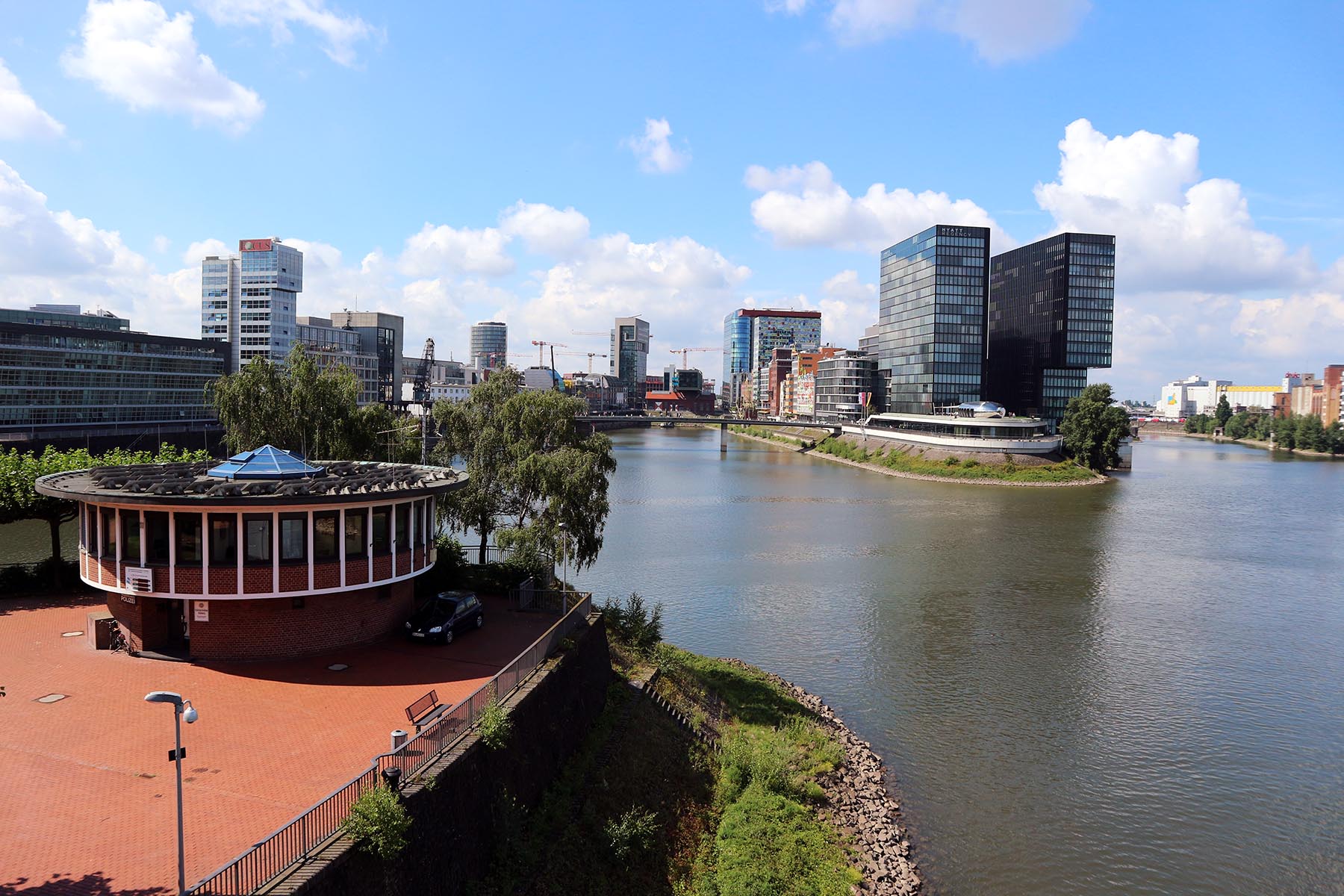
Medienhafen Duesseldorf
Over 800 businesses with a total of nearly 9,000 employees have moved into the neighbourhood and ...
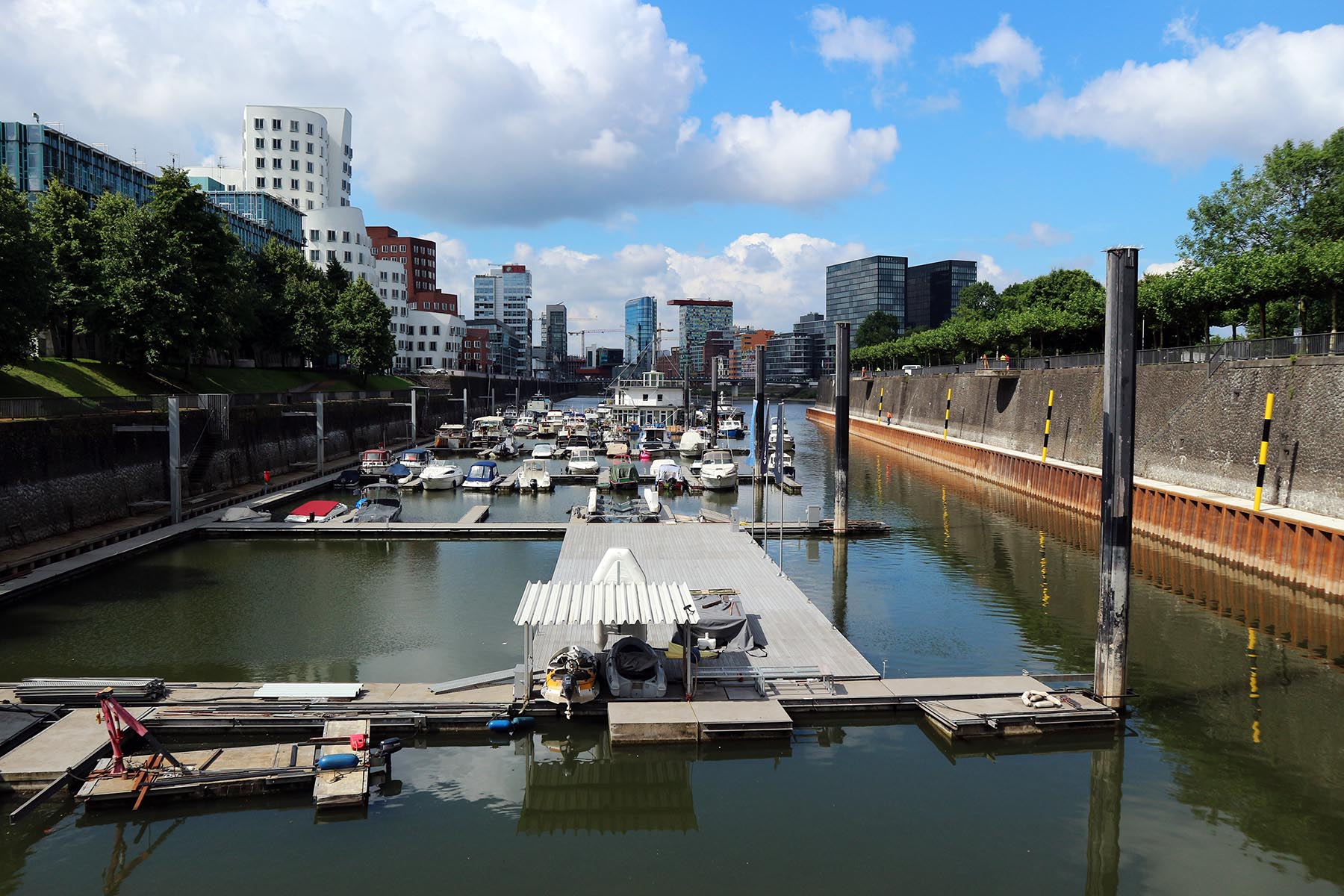
Medienhafen Duesseldorf
... thus take advantage of the image of the Medienhafen, described by the architectural association of North Rhine-Westphalia as an "Architecture Mile." In 1990, the city began the restructuring of the former Zollhafen (Customs Harbour).
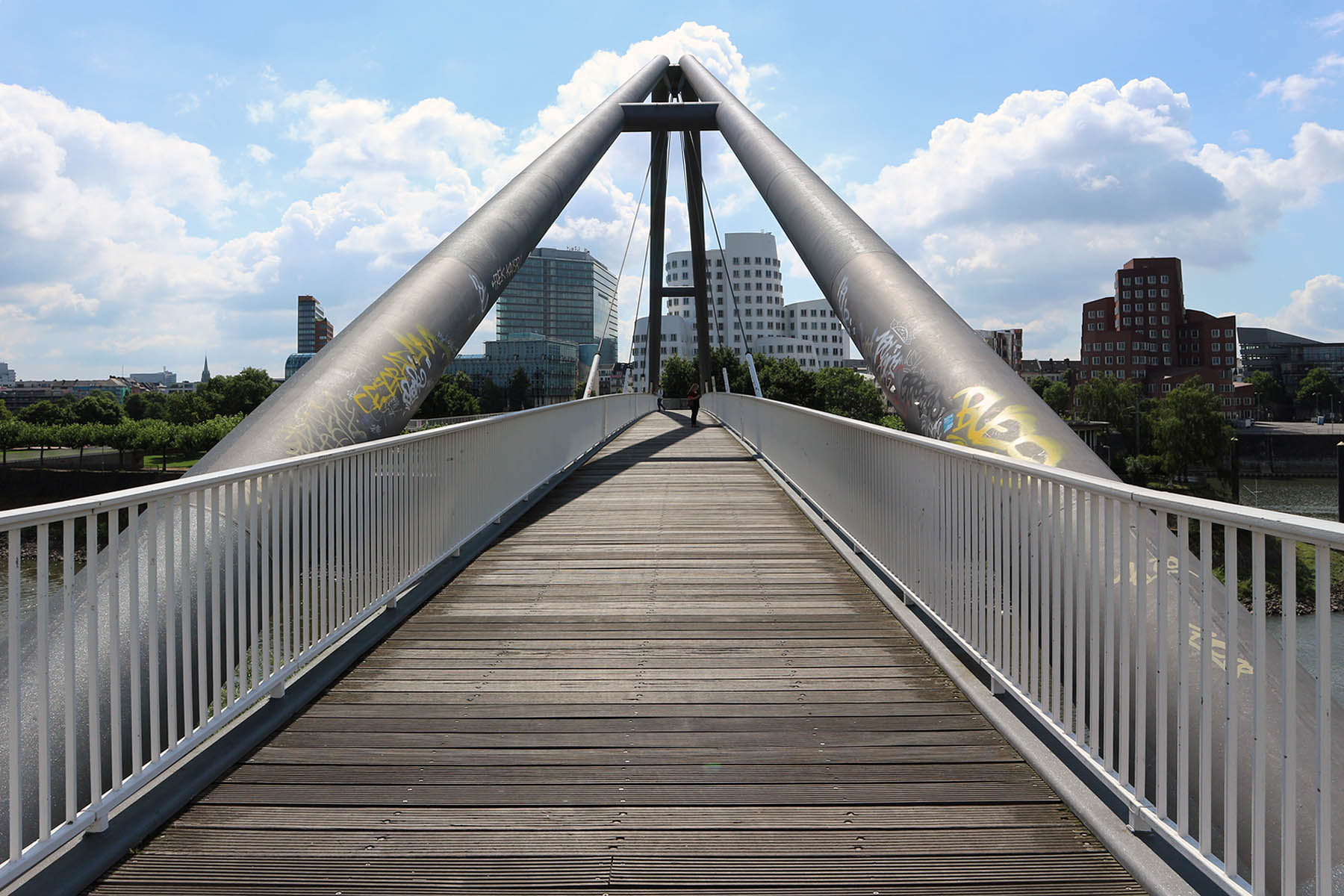
Harbour bridge
By Schüßler-Plan Ingenieurgesellschaft mbH. Completion of the suspension bridge 1992.
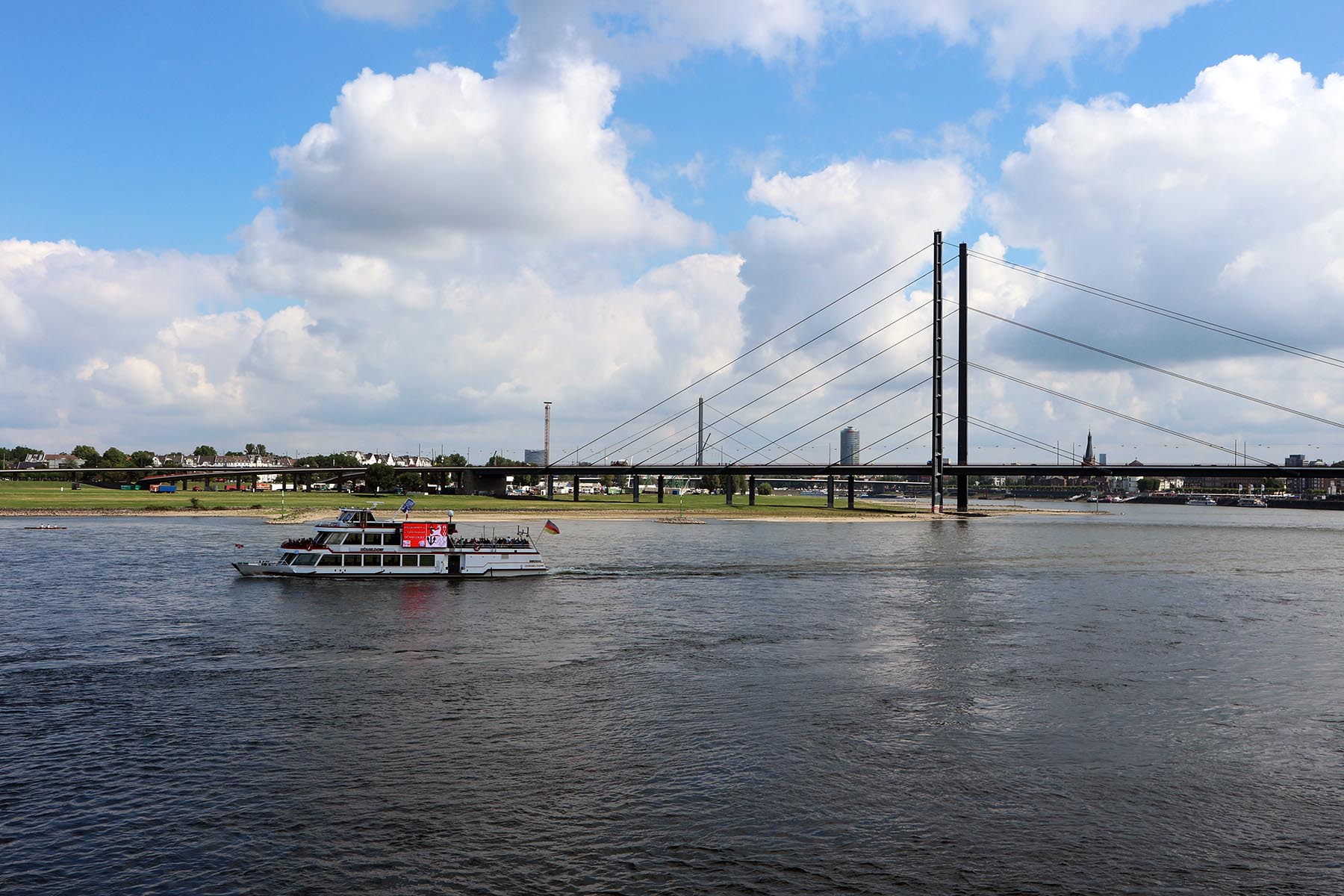
The city and the rhine river
View from the rhine embankment promenade, planned by Niklaus Fritschi, Benedikt Stahl und Günter Baum and built between 1990 and 1997. The traffic roars through the tunnel beneath its bluish, wave-patterned pavement. The embankment promenade links the traditional Altstadt (Old Town) to the modern MedienHafen and is lined by cafés and bars.
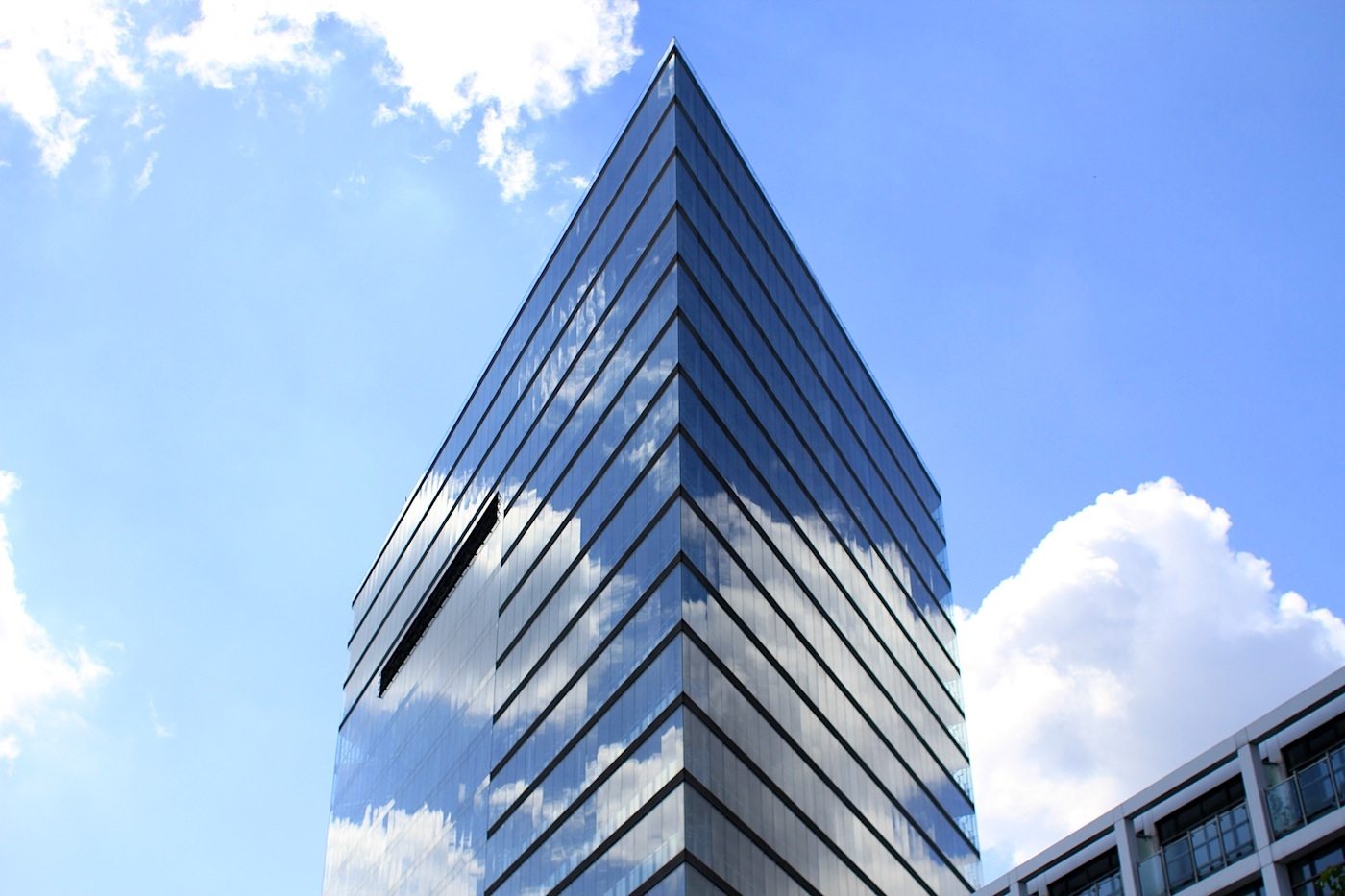
Stadttor 1 (City gate)
By Overdiek Petzinka and Partner. Completion: 1998. 20-storey skyscraper with 84 metre height. It marks the Southern entrance of Rheinufertunnel, which is also reason for its parallelogram-shaped floor plan. The building features a 15-story atrium and a double-facades, allowing natural ventilation even on higher elevation floors.
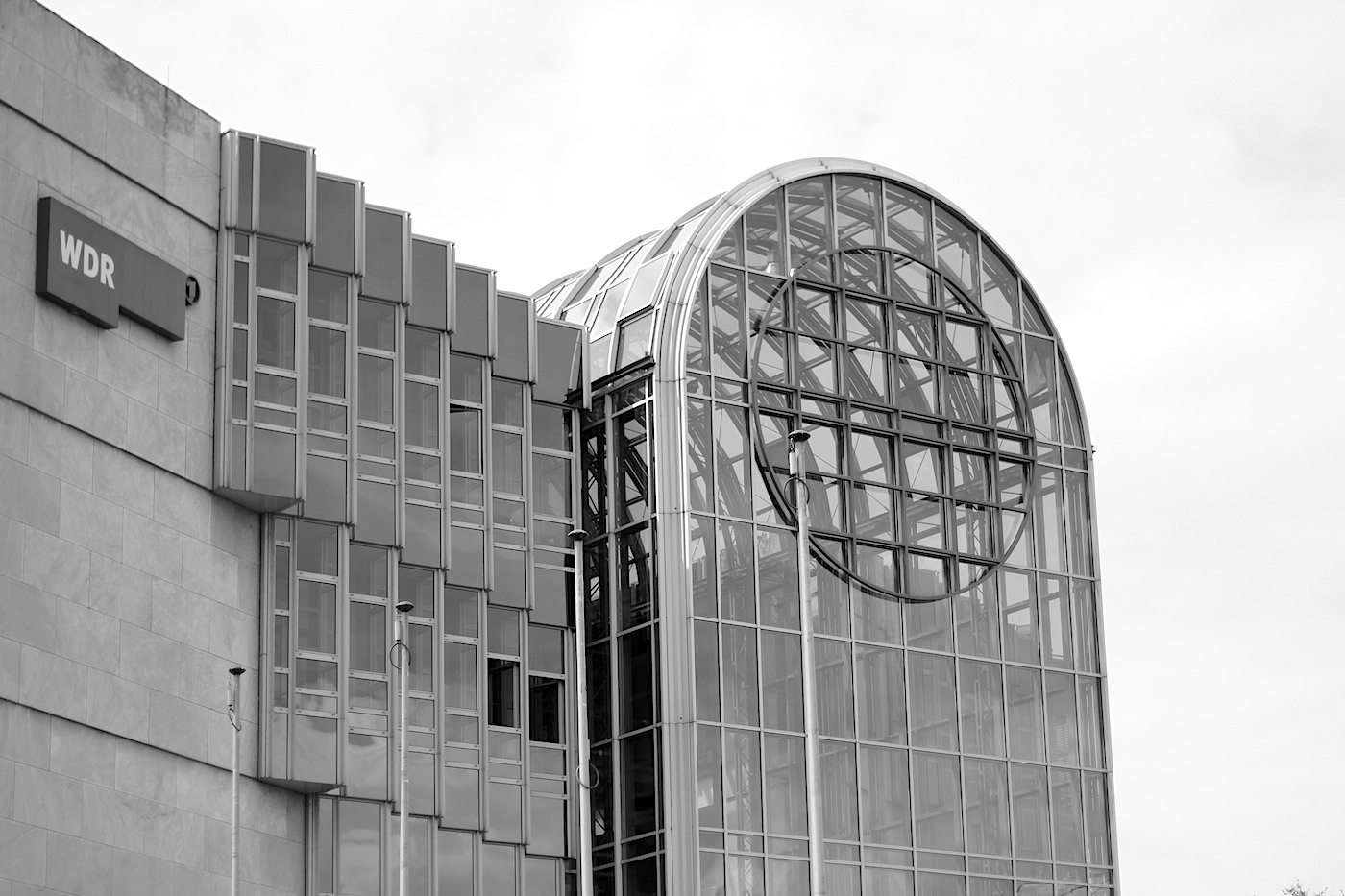
Westdeutscher Rundfunk, broadcasting centre
By parade architekten. Completion: 1991
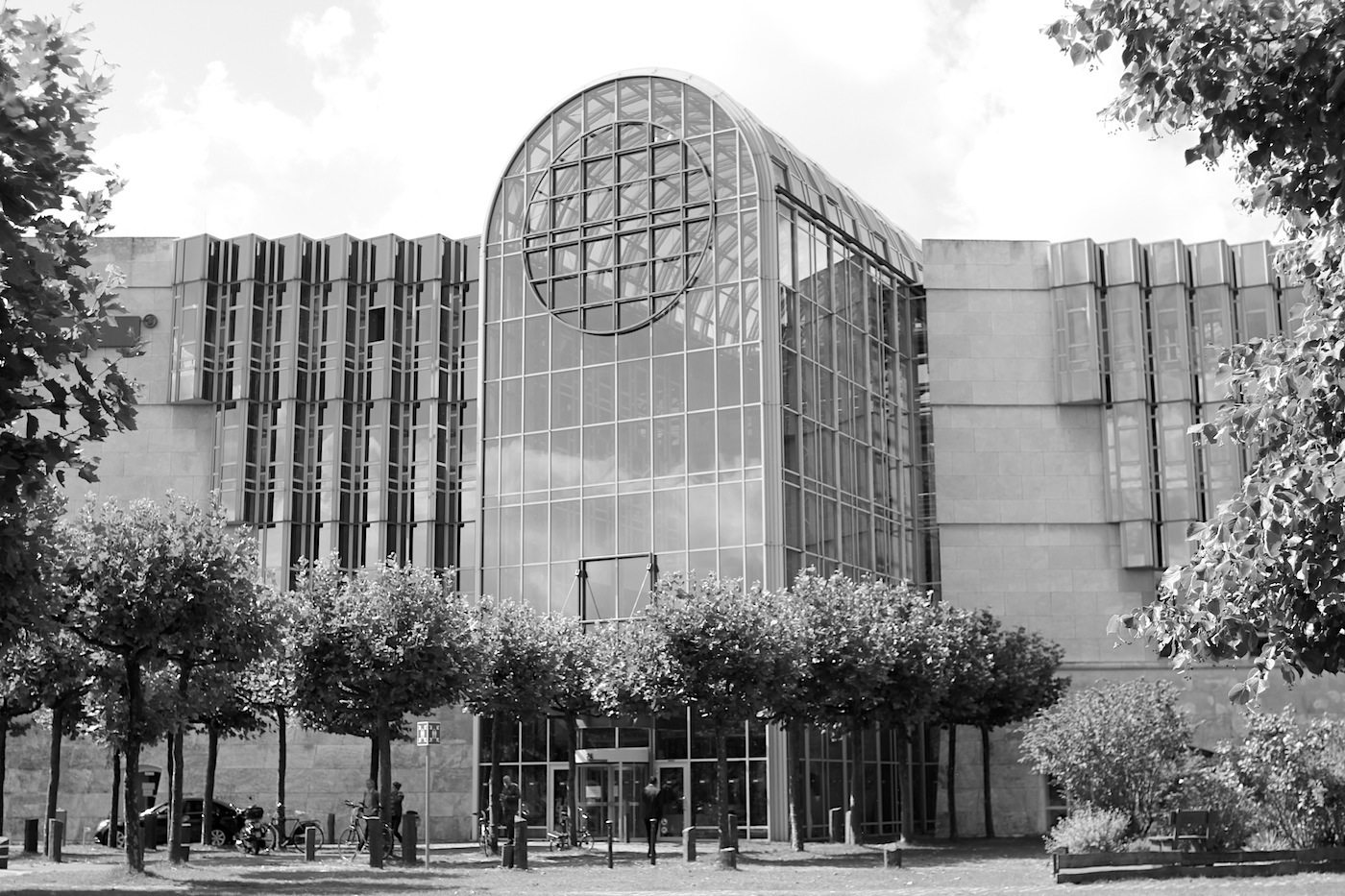
Westdeutscher Rundfunk, broadcasting centre
The hall resembles a radio receiver.
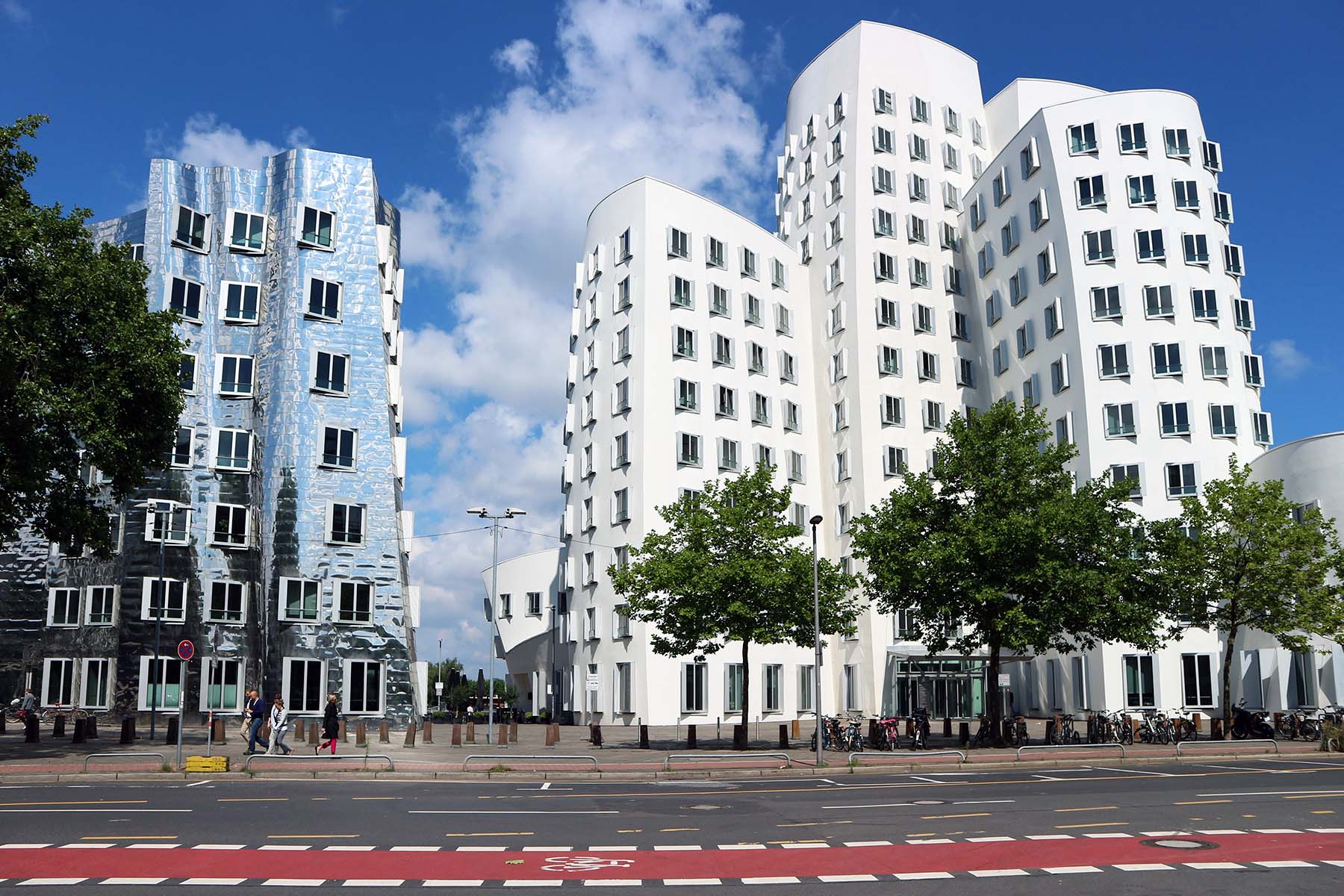
Neuer Zollhof 1–3
By Frank O. Gehry. Completion: 1999.
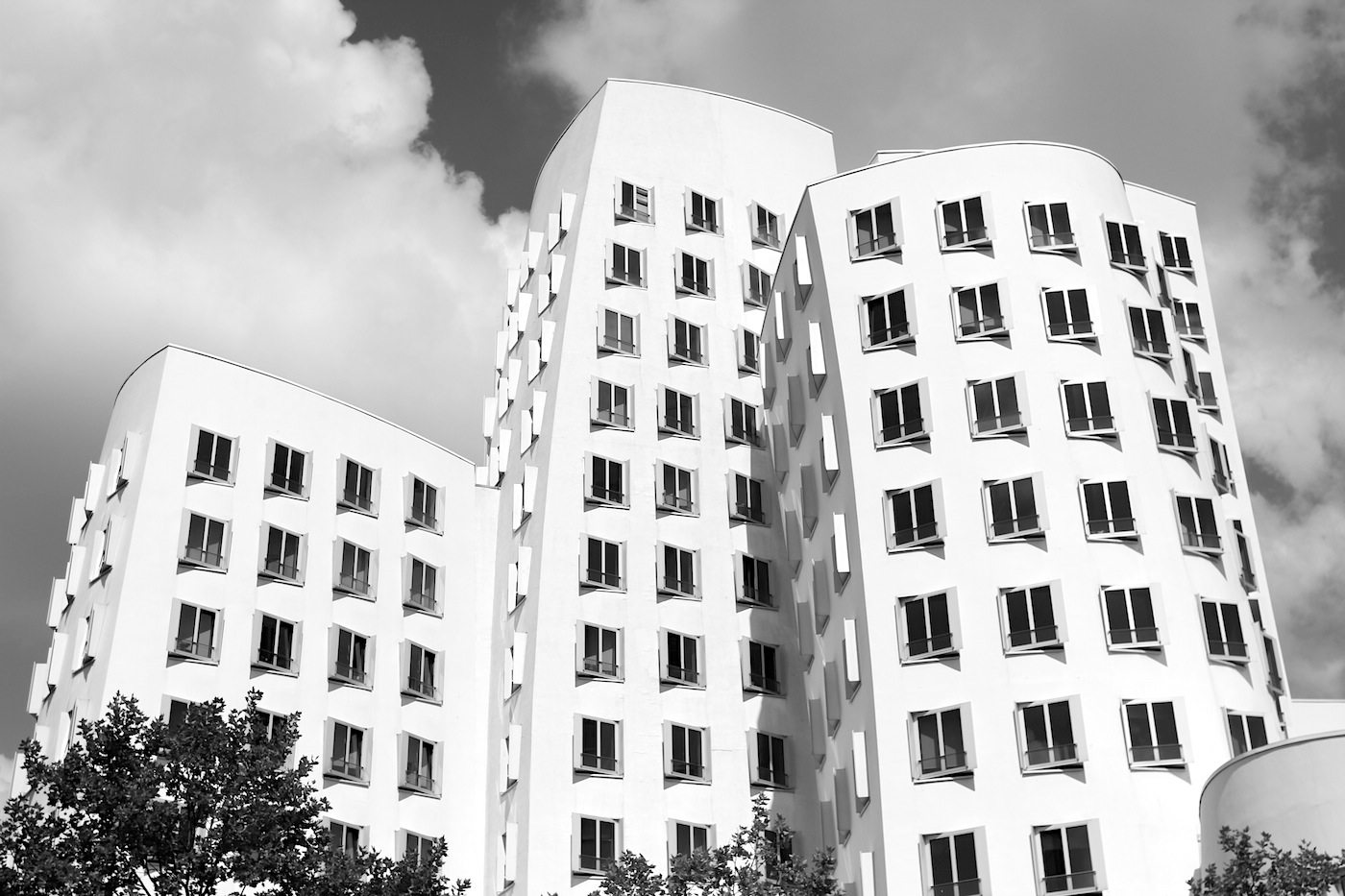
Neuer Zollhof 1–3
World-famous 1990s architectural masterpiece and deconstructivist design.

Neuer Zollhof 1–3
The complex with three separate high-rise buildings are all different in terms of size, shape and façade. The façade of the middle building is shiny with stainless steel, reflecting the two neighbouring buildings (white plaster and red brick) on its north and south sides.

Neuer Zollhof 1–3
The asymmetry of the complex sculptured surfaces could not be depicted with traditional construction drawings ...

Neuer Zollhof 1–3
... and a 3D computer program (CATIA) was therefore used – completely new in the building industry.
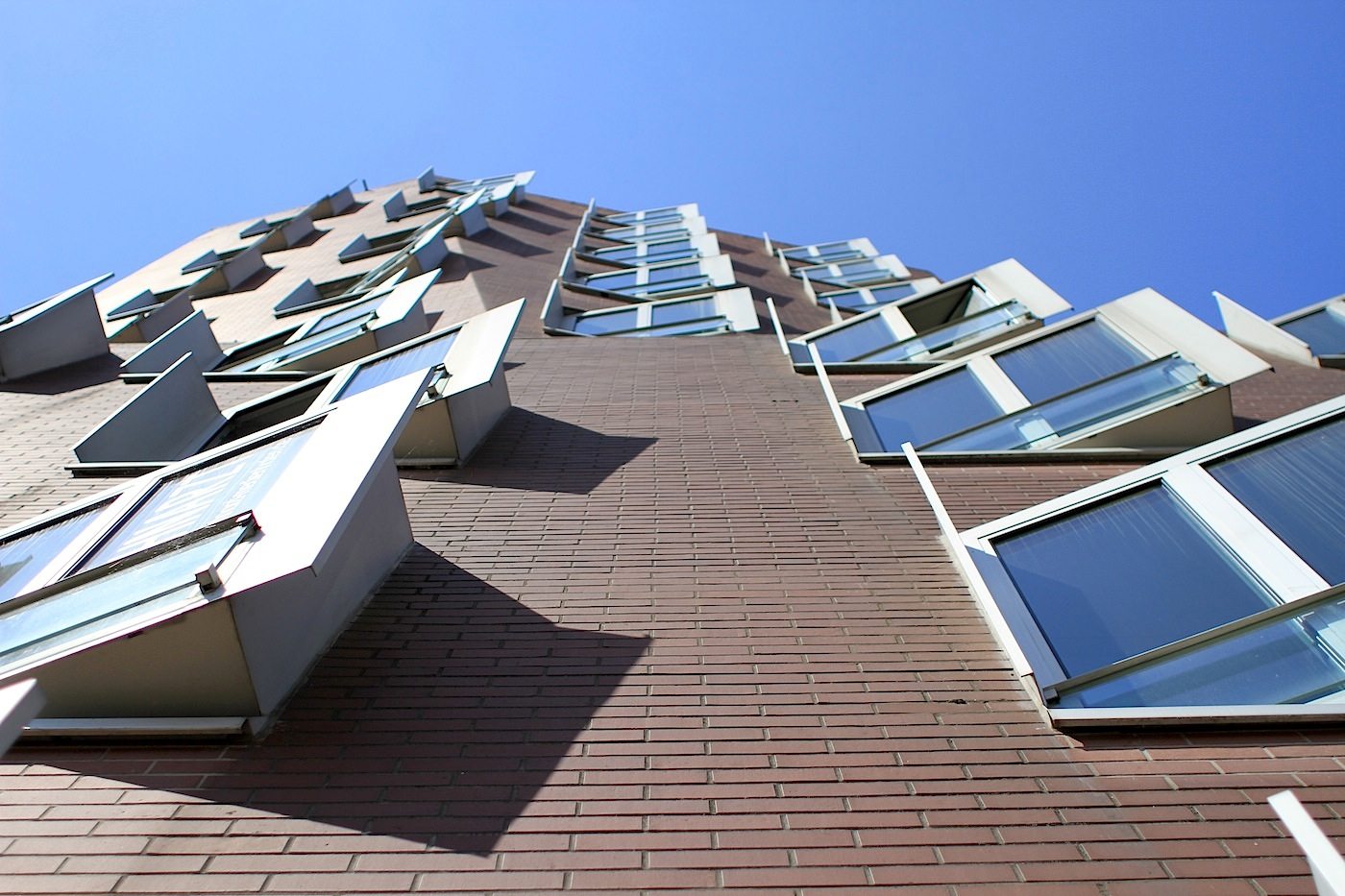
Neuer Zollhof 1–3
Each of the windows projecting from the rounded façades also had to be specially designed.
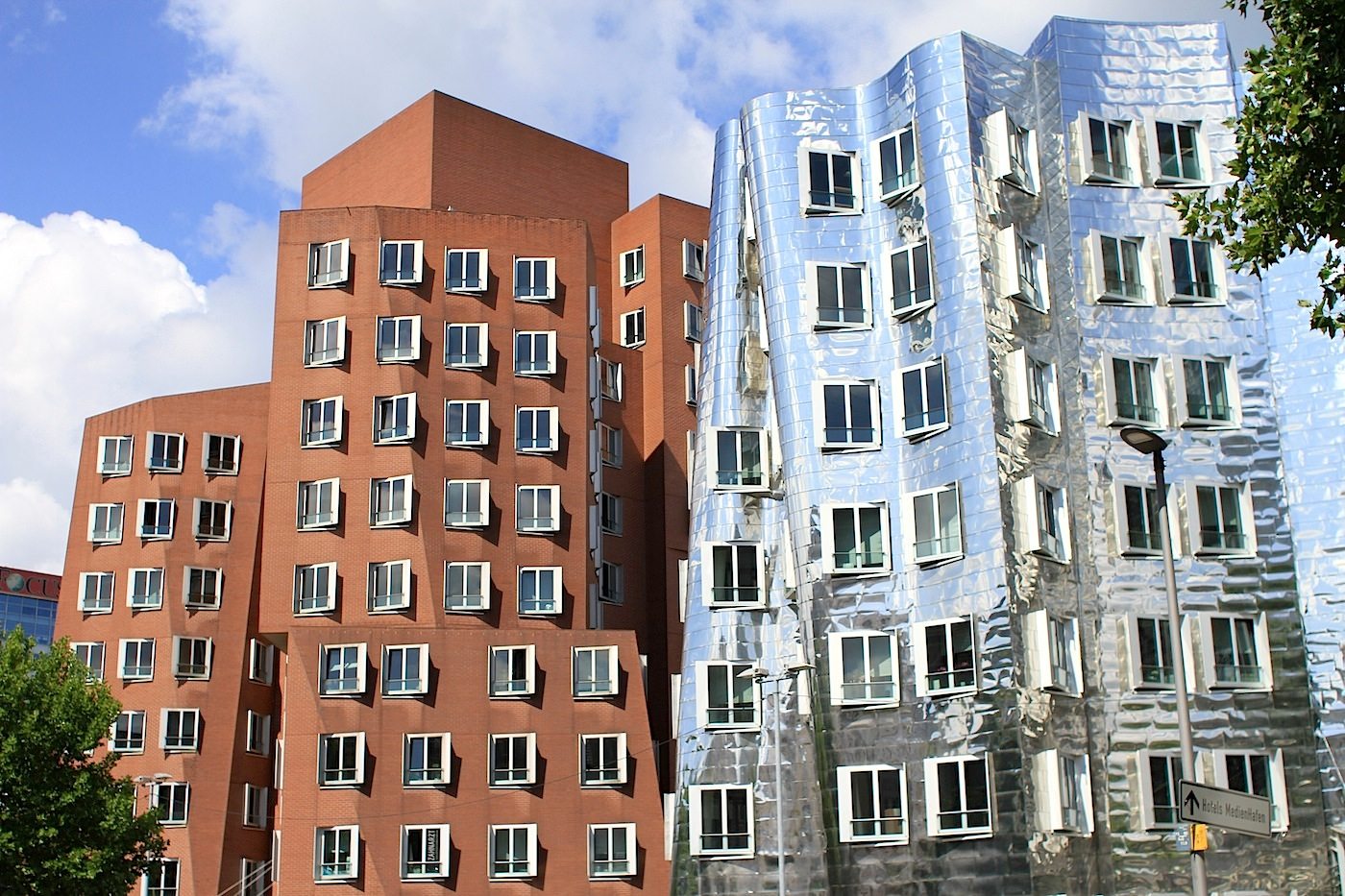
Neuer Zollhof 1–3
House A: red brick, house B: stainless steel.

Neuer Zollhof 1–3
The developer, "Kunst- und Medienzentrum Rheinhafen GmbH", commissioned the Dusseldorf-based "BM+P-Architekten und Stadtplaner Beucker Maschlanka und Partner" and "Philipp Holzmann Bauprojekt AG Niederlassung Dusseldorf" with the execution of Gehry’s designs.

Kai Center
By Döring Dahmen Joeressen. Completion: 1996.

Kaistraße 16
By David Chipperfield. Completion: 1997. The building comprises two interlocking forms: an in-situ rectangular concrete mass placed vertically alongside and over a black steel frame.

Am Handelshafen 4
PEC Port Event Center und DOCK – Dusseldorf Office Center. By Jo Coenen, Maastricht. Completion: 2002. The "Wolkenbügel" by Professor Wansleben, Cologne. Completion 2002. Right: the Colorium building.
Speditionsstraße / Julo-Levin-Ufer

Alte Mälzerei (old malthouse)
Renovated, planned by Bob Gansfort, completion: 2002.
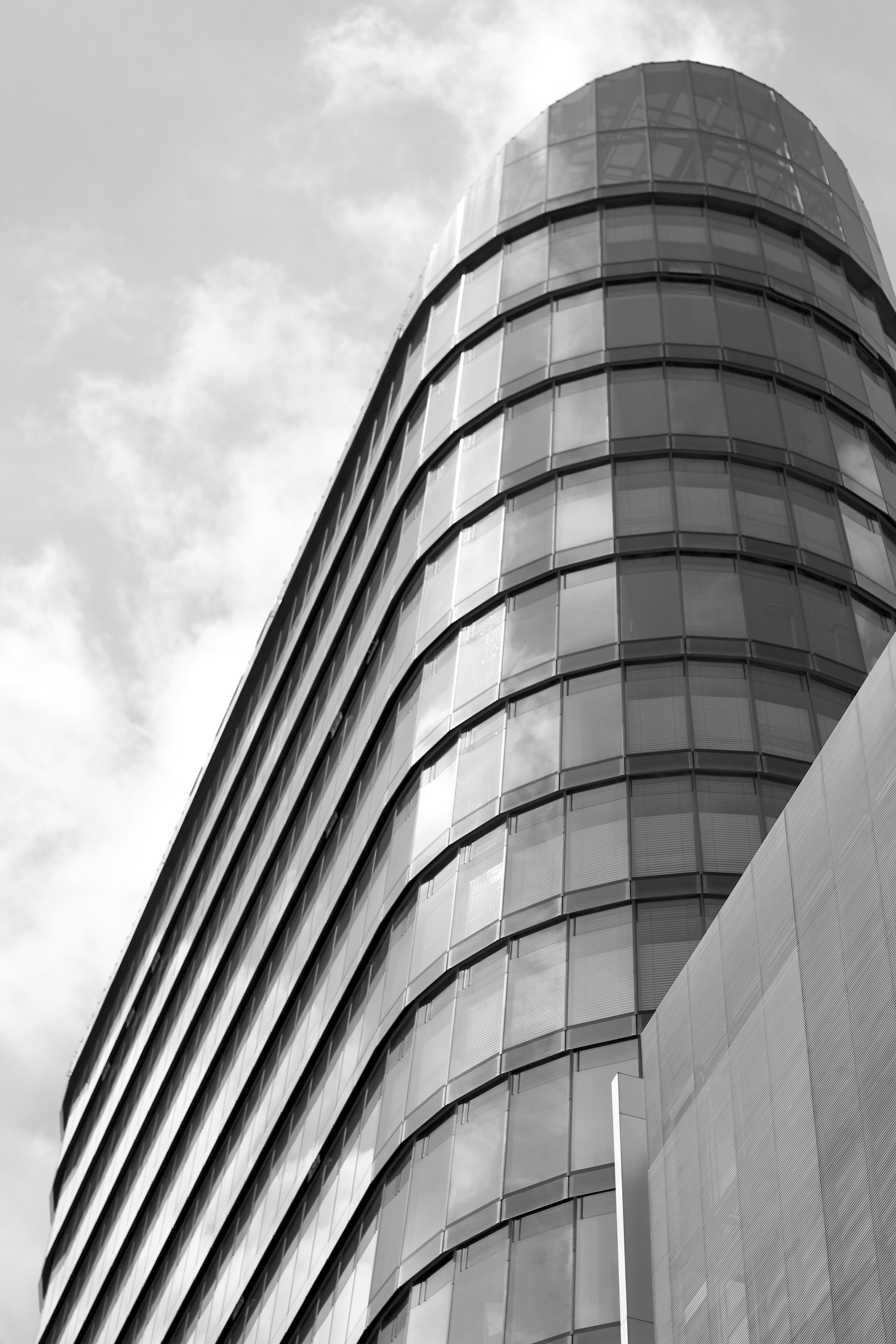
SIGN!
By Murphy / Jahn, Chicago / Berlin. Completion: 2010. The plan is a “Roundangle” whose curved corners continue to form a semi-circular roof. Elevators and stairs are in a separate rectangle of glass. Columns with brackets along the exterior wall enable column-free spaces in the office areas.

Maki Solitaire office building
By Fumihiko Maki, Japan, Completion: 2001
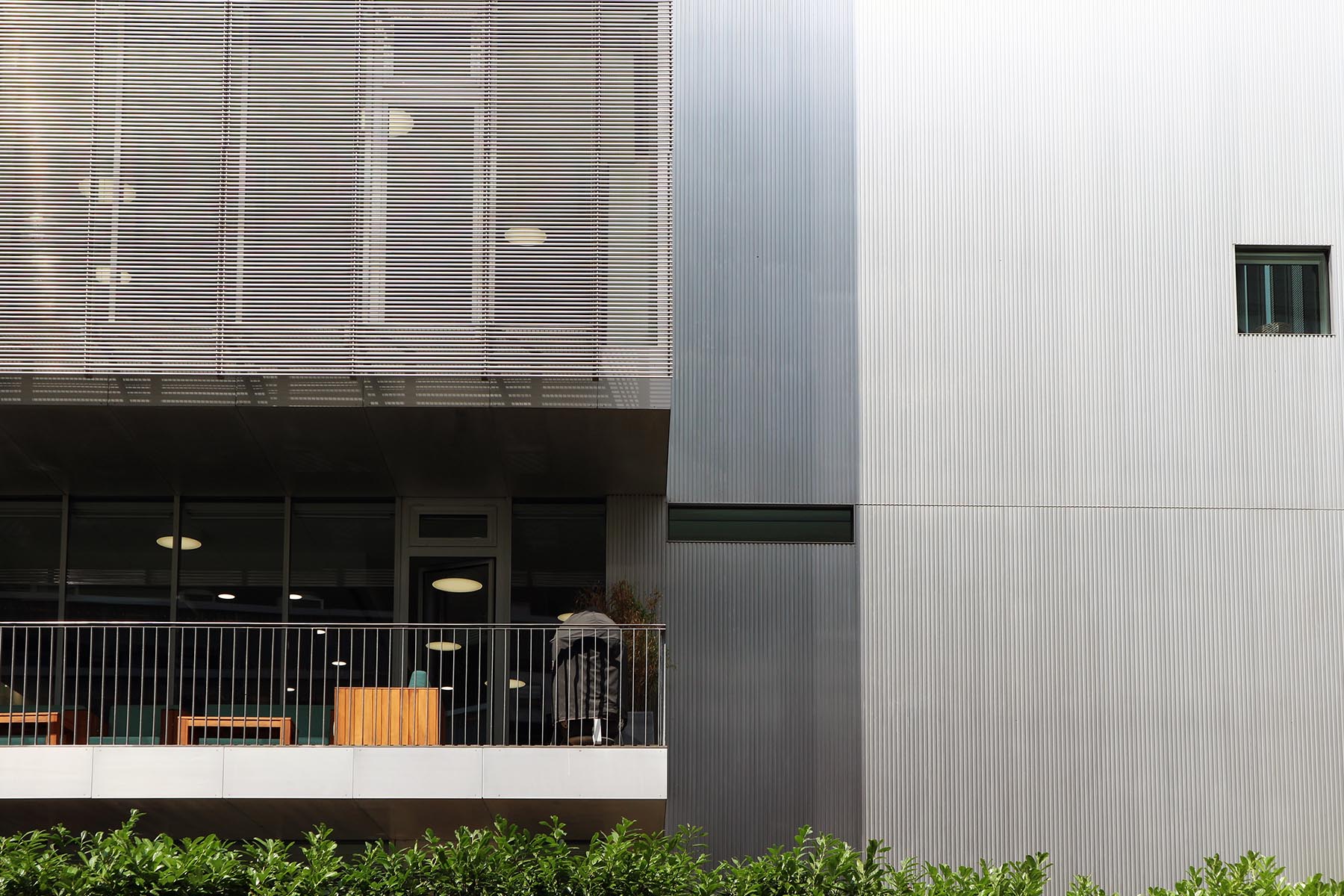
Maki Solitaire office building
Eight-storey office building by Maki, who received the Pritzker Prize for his work in 1993.
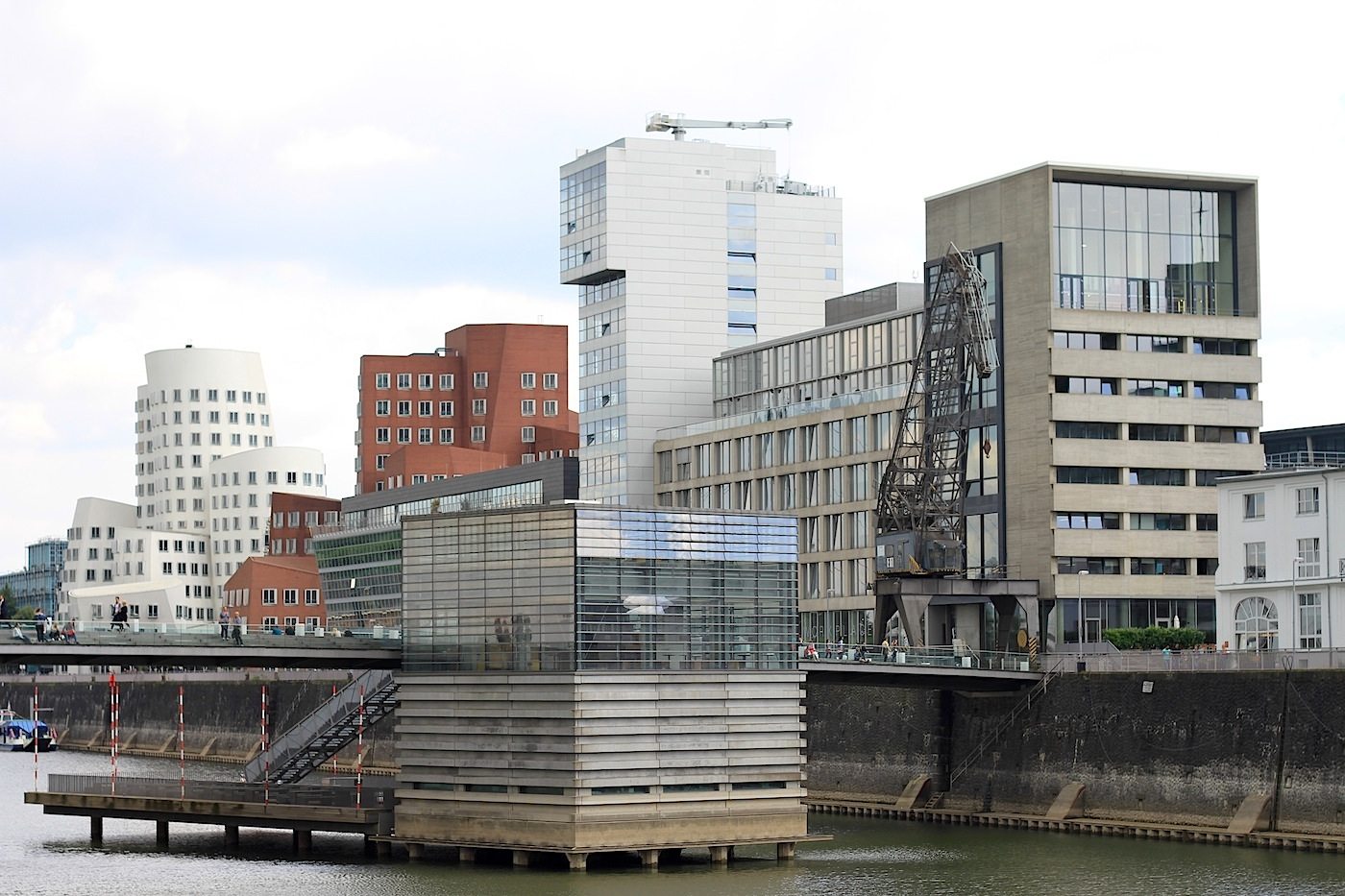
Am Handelshafen
View from Julo-Levin-Ufer with the Gehry complex (Neuer Zollhof 1–3), the Chipperfield building, the bridge with the pavilion by sop architekten (slapa oberholz pszczulny). The white tower was planned by renowned American architect Steven Holl (with Ingenhoven Overdiek Kahlen + Partner).
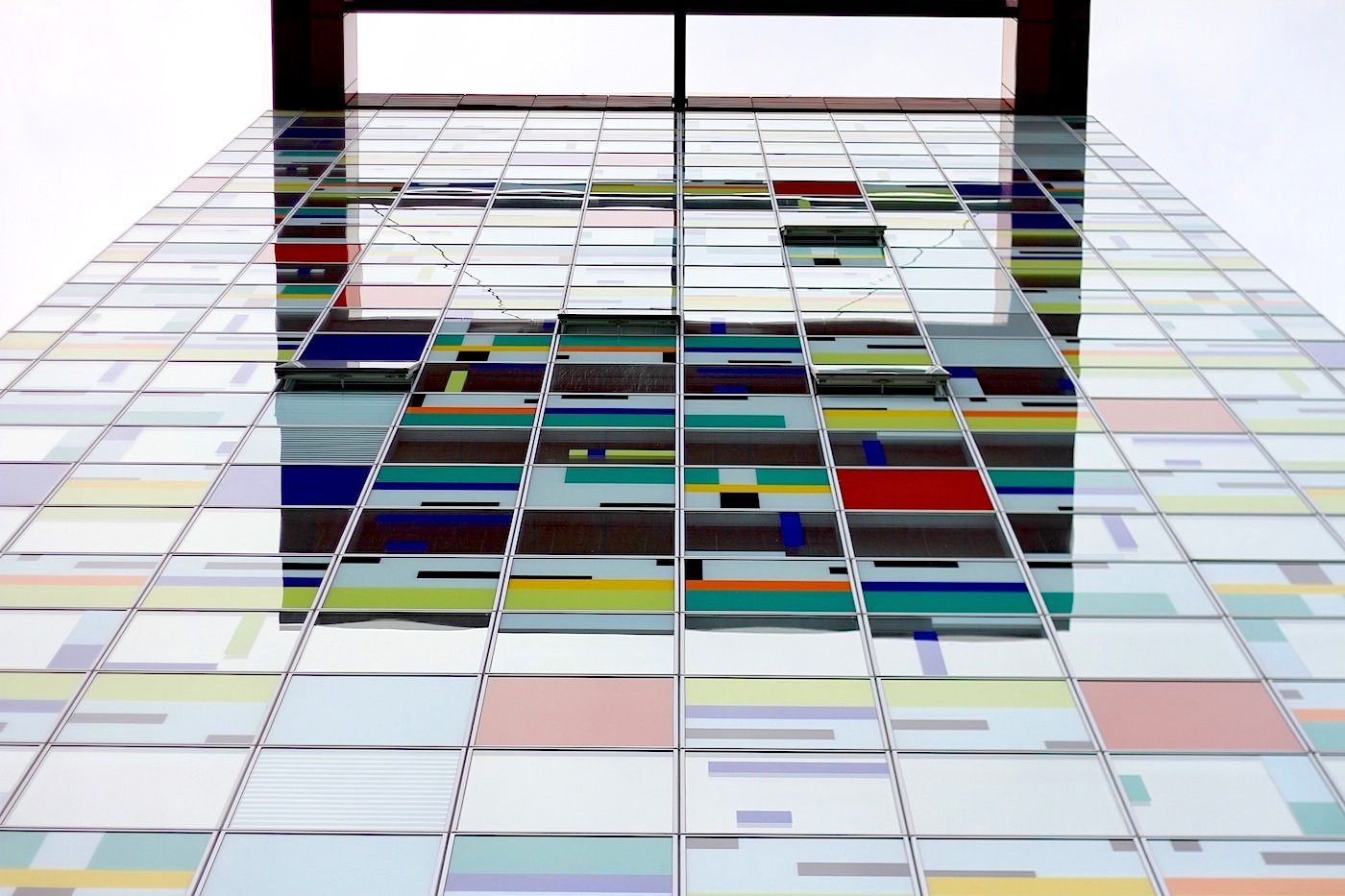
Colorium
By William Allen Alsop. Completion: 2001. Using advanced glass technology and 17 distinct types of glass, Alsop (with Störmer) has given the building an elusive and highly pictorial presence in the city.
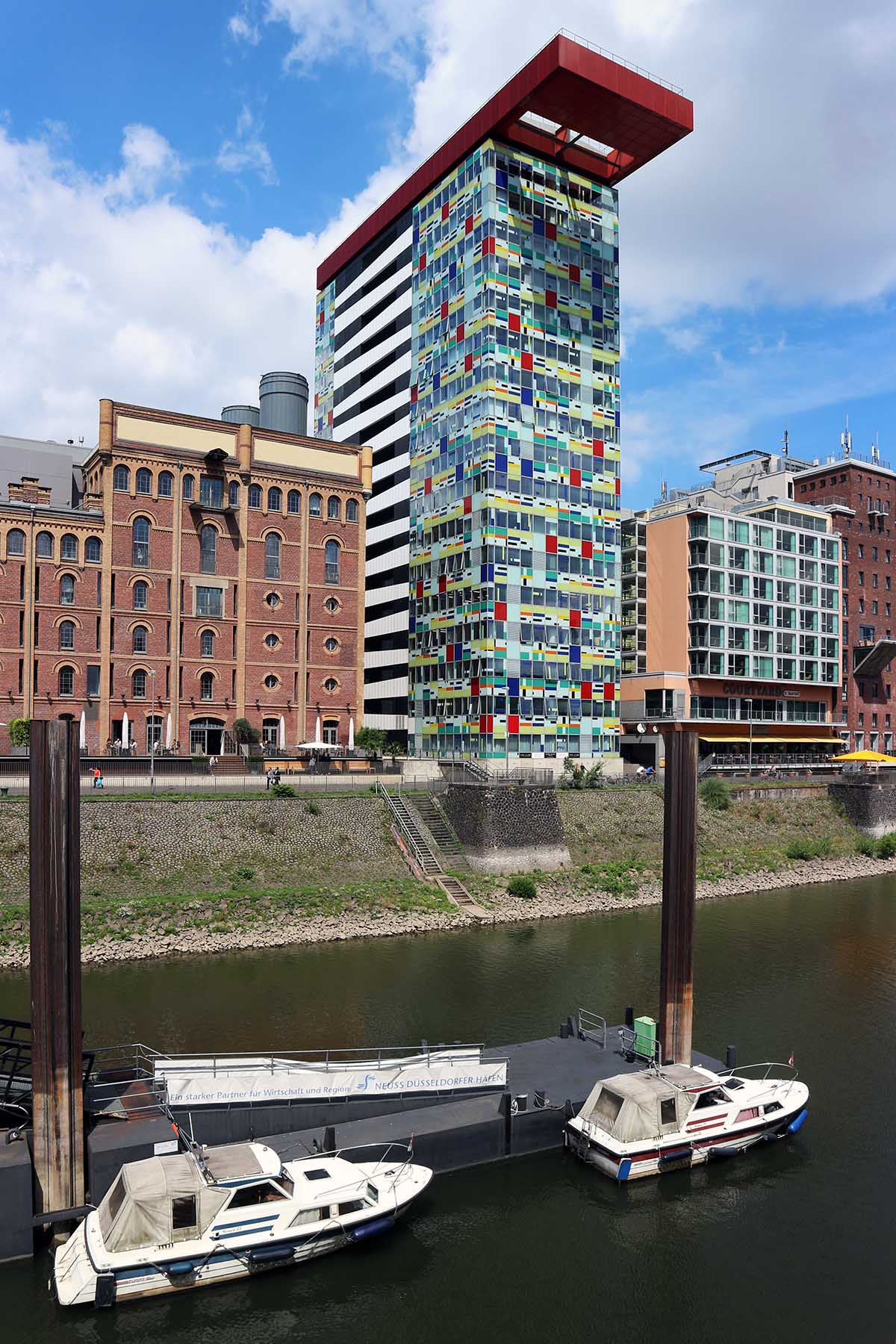
Alte Mälzerei, Colorium, Dock 13
Left: Old mill ("Alte Mälzerei"), Colorium in the middle, right: “Dock 13” by Dr. Alberto Priolo
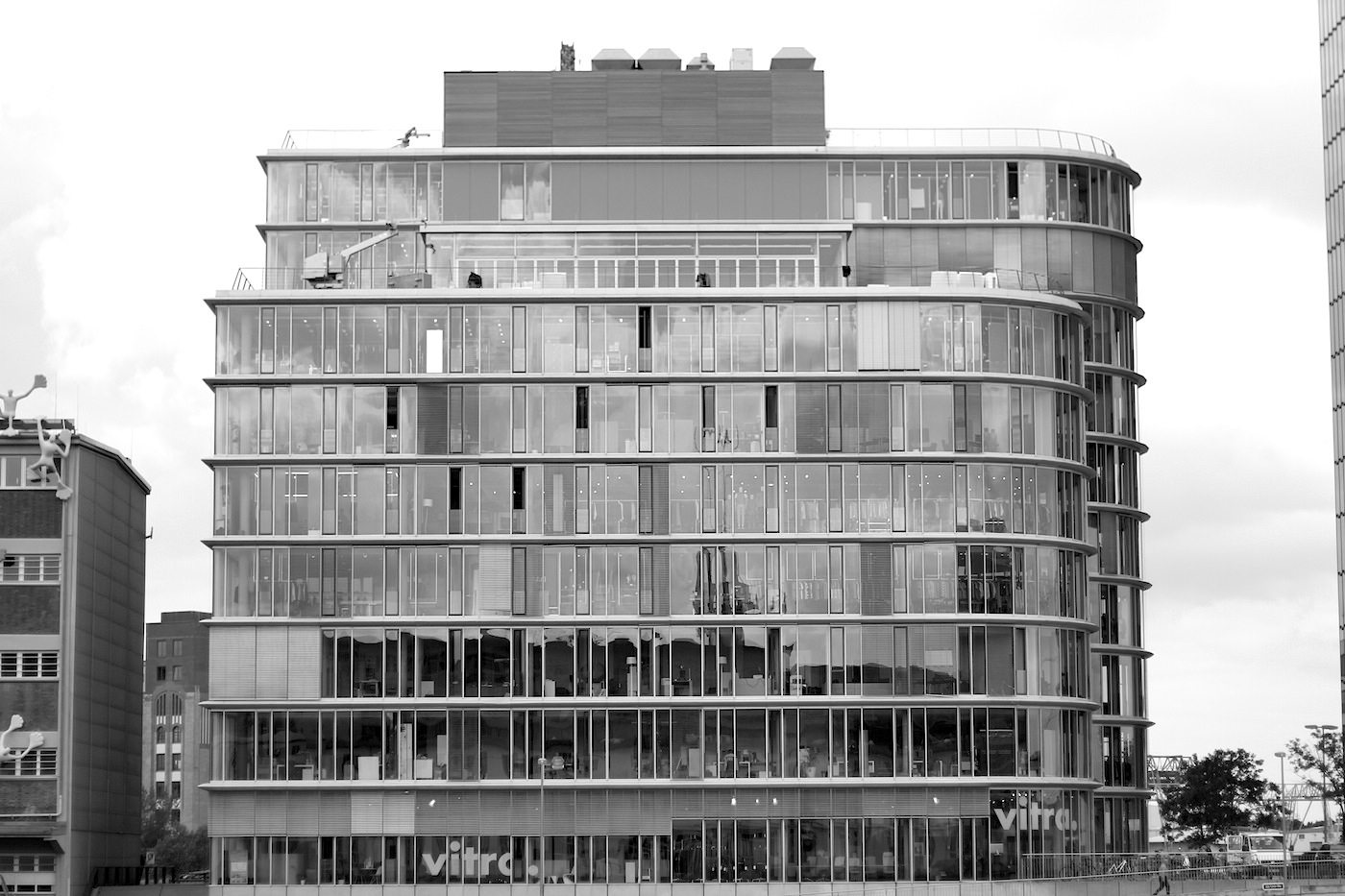
Speditionstraße 17
By Ingenhoven Overdiek Architekten. Completion: 2002

The Living Bridge
Length 150 m by sop architekten (on behalf of JSK architects). Completion: 2005.
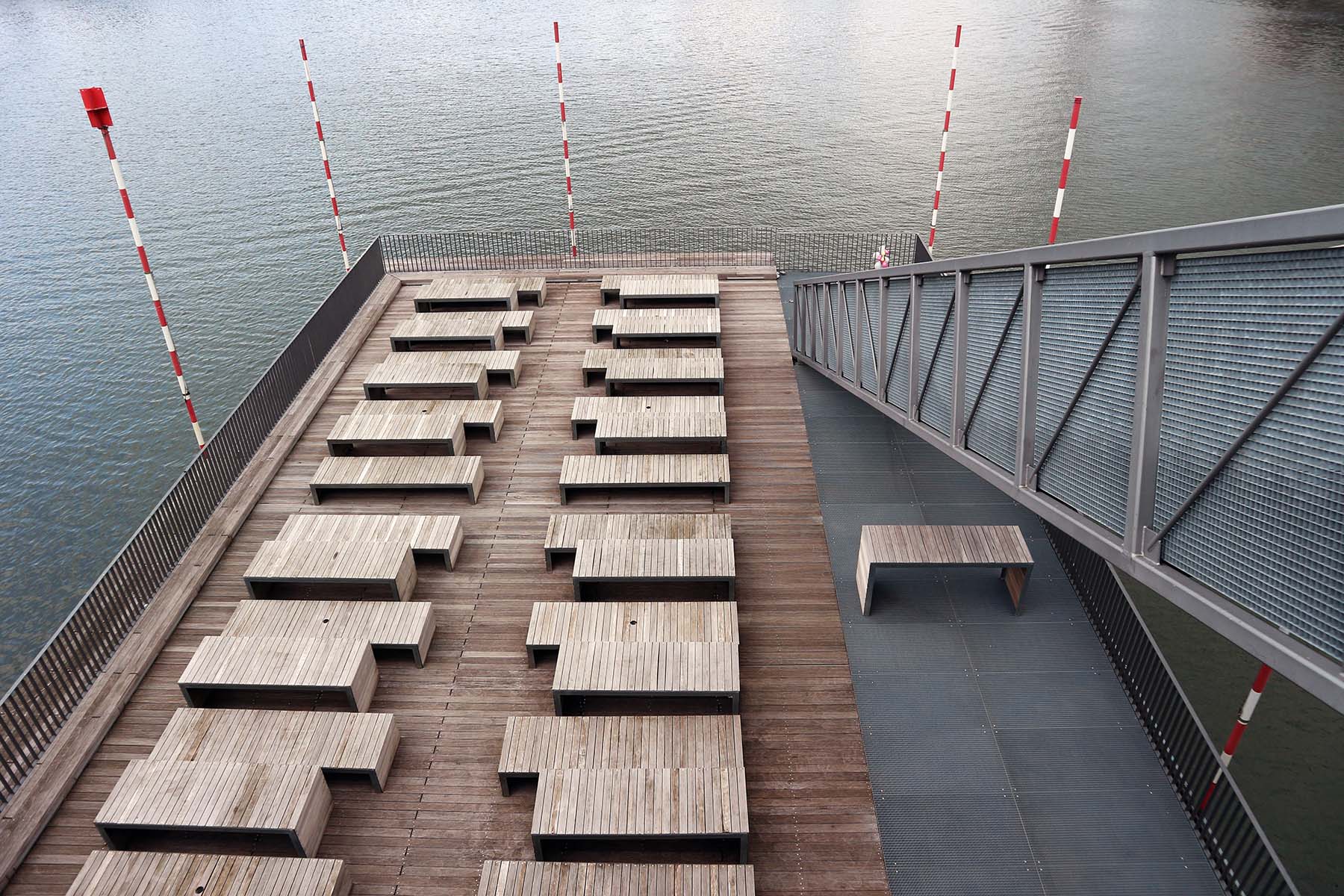
The Living Bridge
By sop architekten with a restaurant and a terrace.
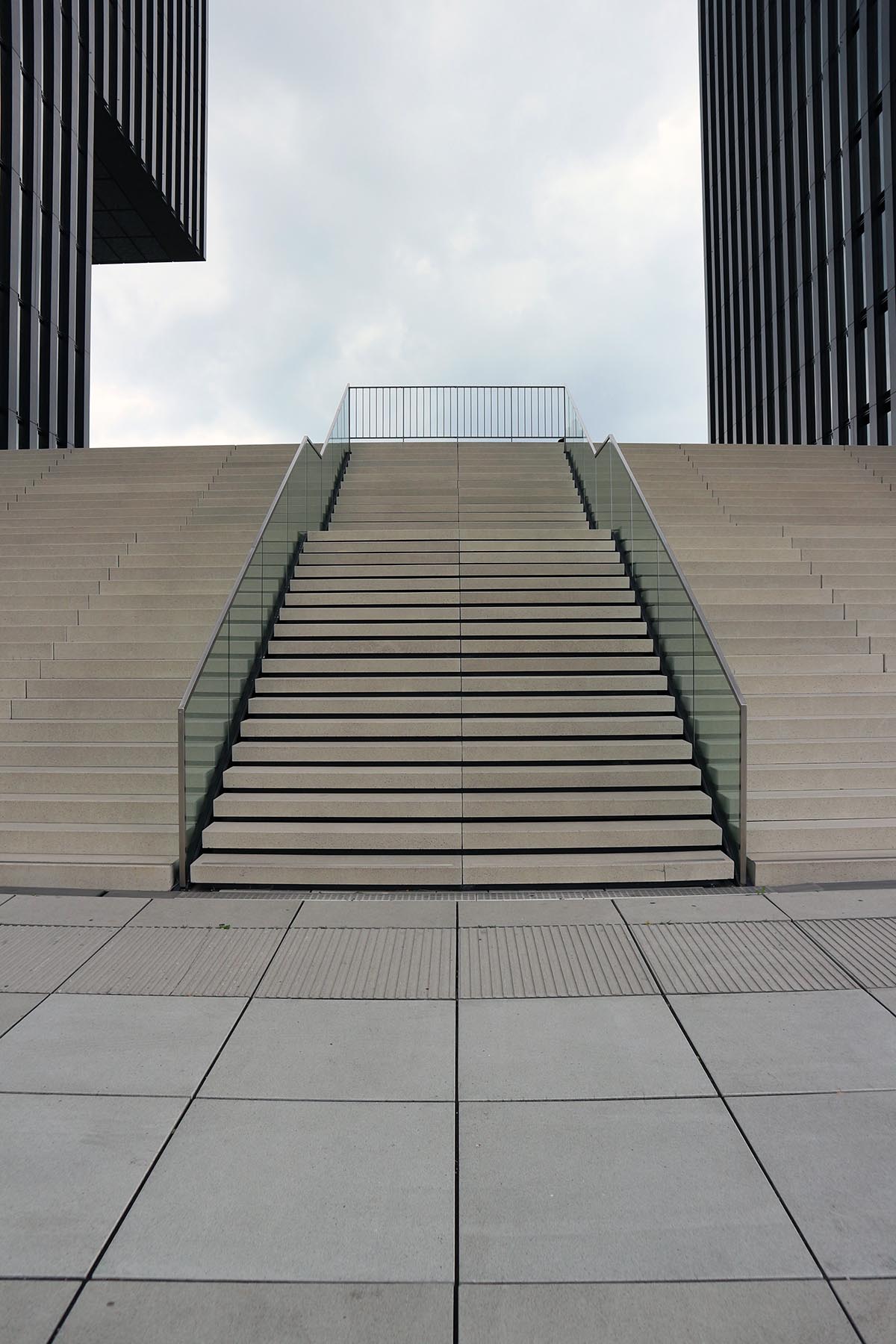
The tip of Speditionstraße 19
By sop architekten (on behalf of JSK architects). Completion: 2010. Twin towers with the Hyatt Regency Hotel and offices. sop architekten are also responsible for the new trivago campus.
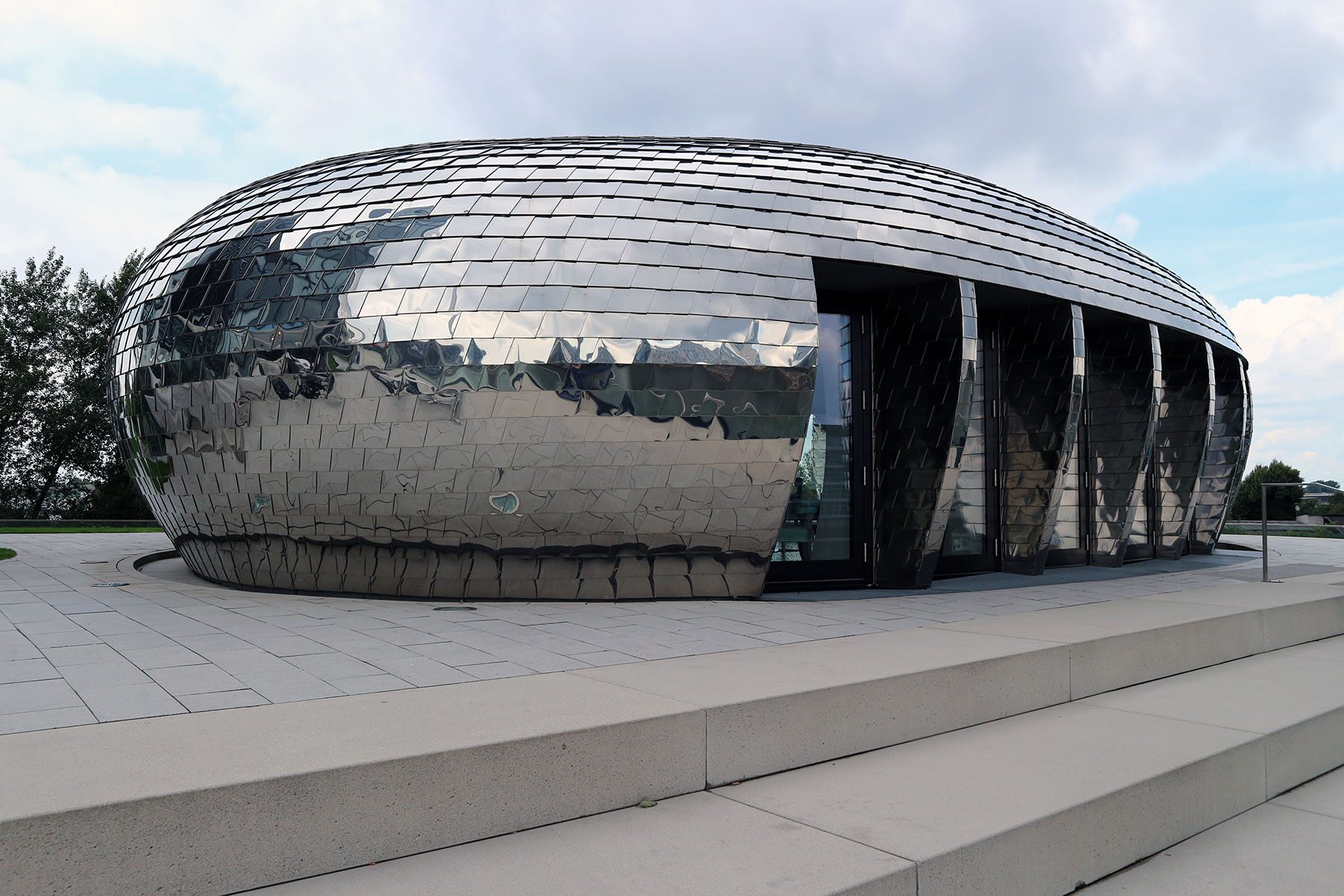
Spaceship
The shape of this demanding architectural design (with 300 m2 manually finished, stainless steel shingles) is based on its spatial environs – namely, where the arm of the harbour flows into the Rhine. By sop architekten on behalf of JSK Architects, Dusseldorf.
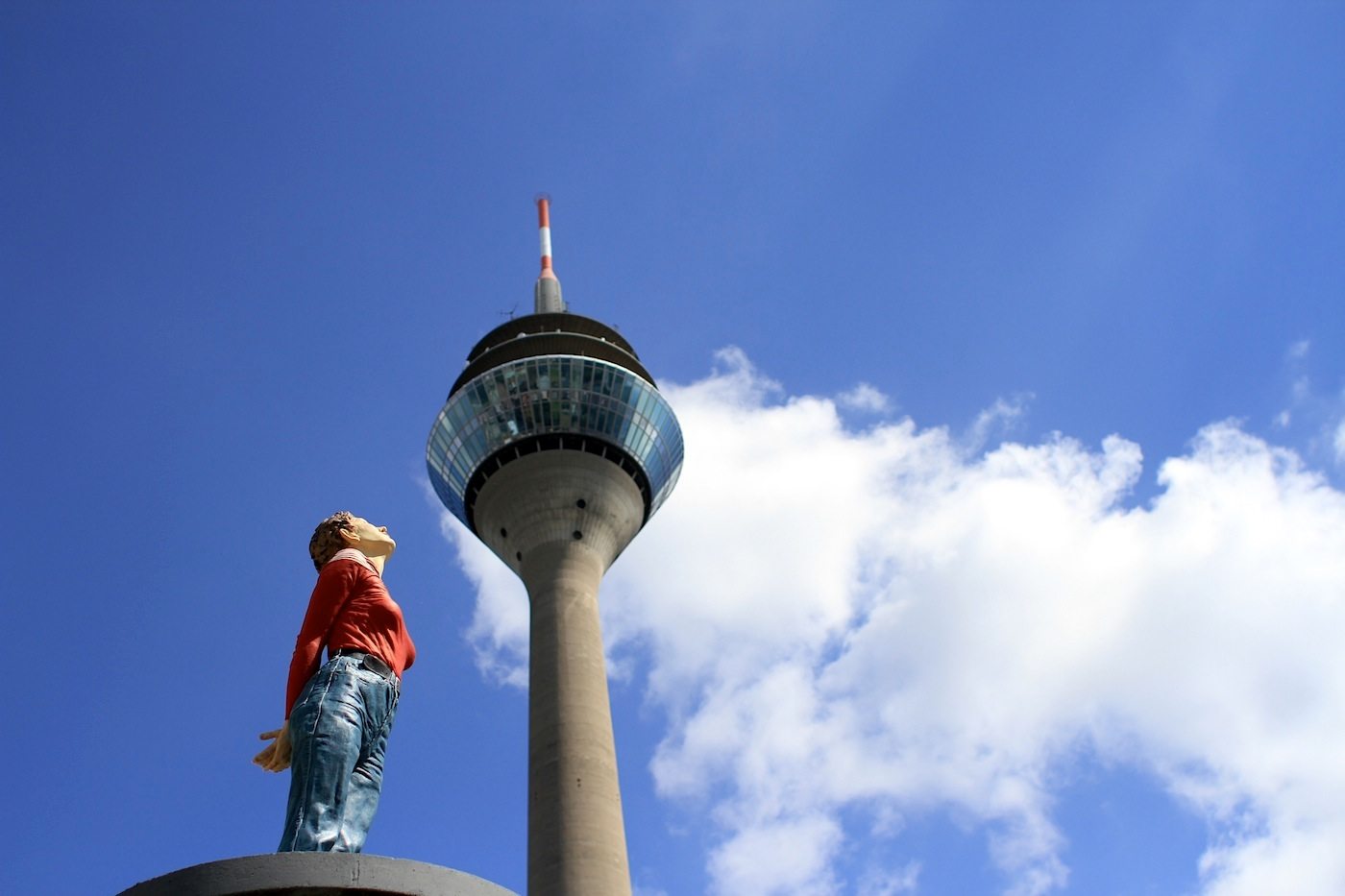
Pillar saint "Marlis" with the rhine tower
TV tower by Harald Deilmann. Completion: 1982. Height: 234 m. "Marlis" by Christoph Poggeler, who presented his "pillar saint" since 2001 with sculptures of people on advertising pillars. Poggeler on the bases of advertising pillars puts children, couples, businessmen, holiday-makers or homeless - all in the Dusseldorf city centre. People from the middle of society - lifted out of the everyday life.
me and all hotels Dusseldorf
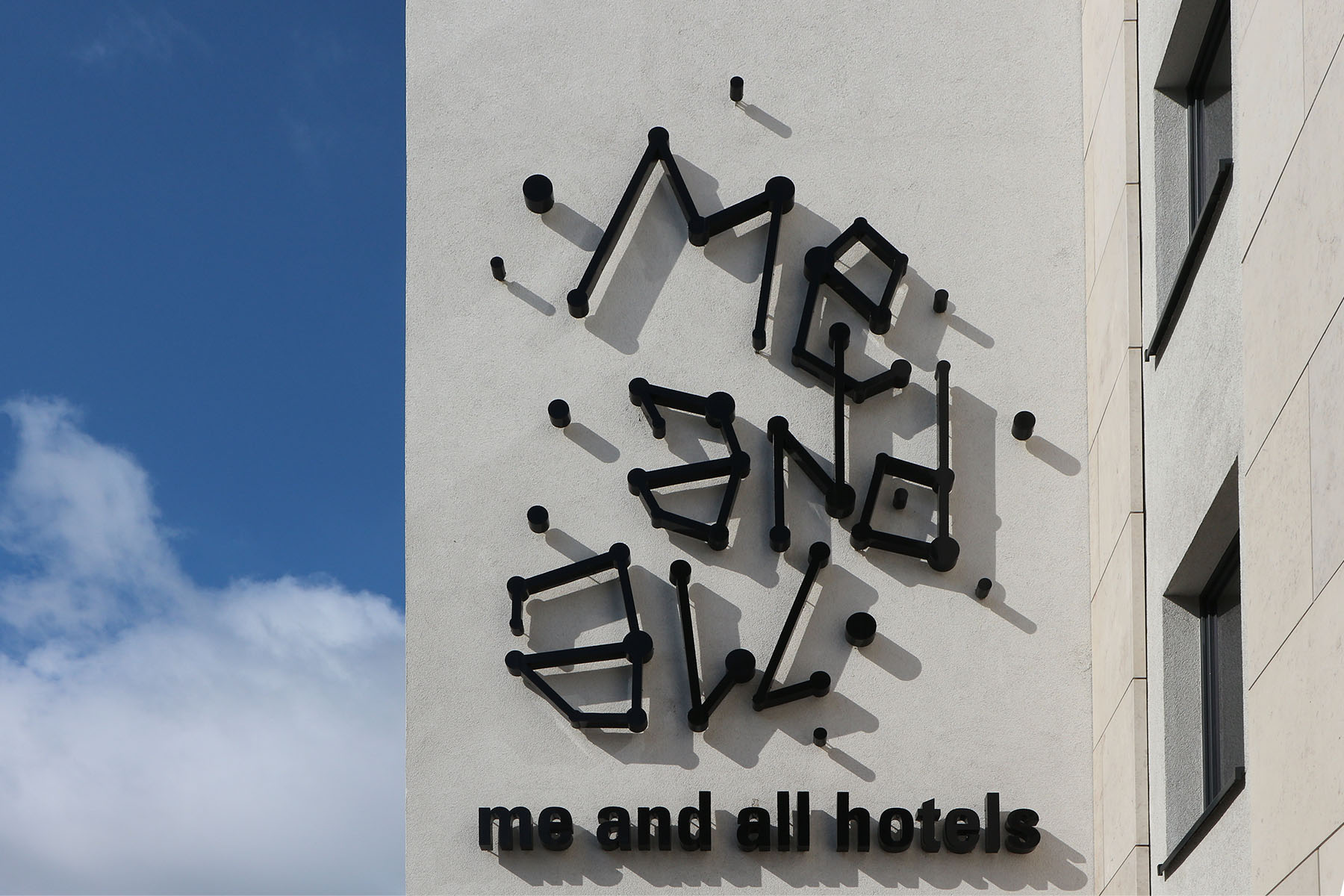
me and all hotels
We stayed overnight in the me and all hotels Dusseldorf, at their invitation.
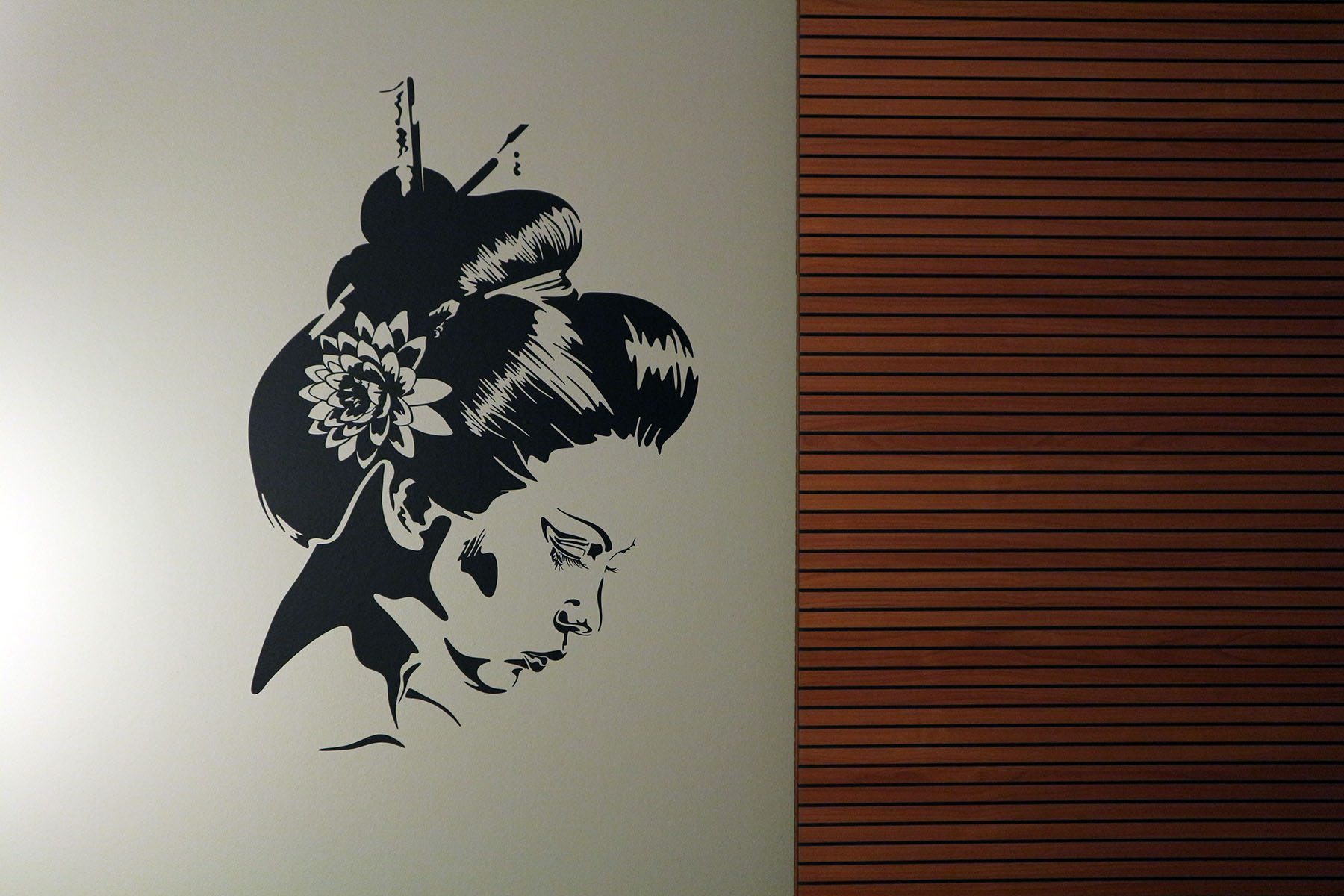
me and all hotels
By GNA Grimbacher Nogales Architekten.
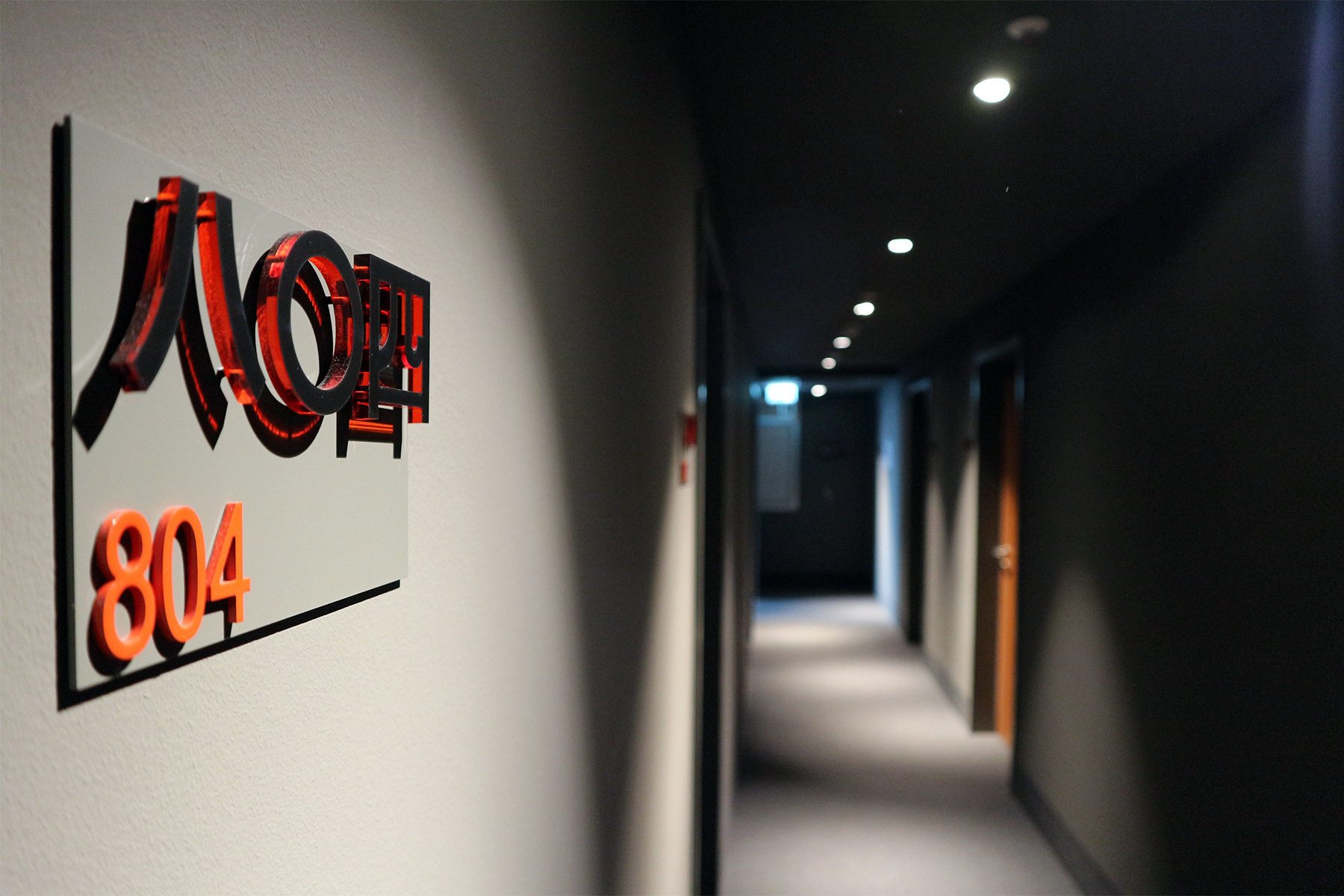
me and all hotels
Geplan Design from Stuttgart combined the interior design with warm wood, fine industrial style and a complementary vintage look.

me and all hotels
The sliding door separates the room and the bathroom and is part of the solutions that combines materiality with creativity.
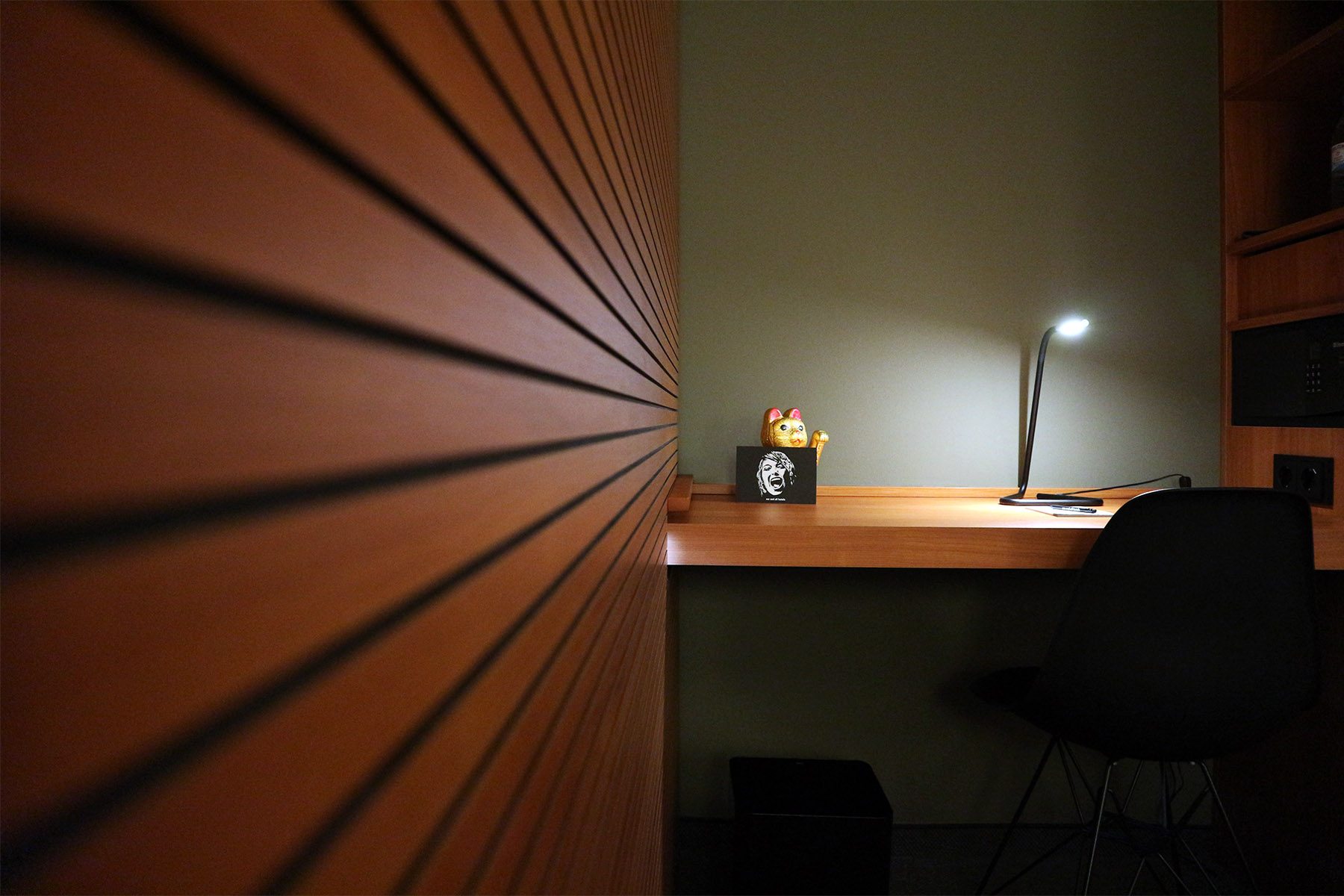
me and all hotels
Cosmopolitan showroom, with lovingly detailed, minimal design.
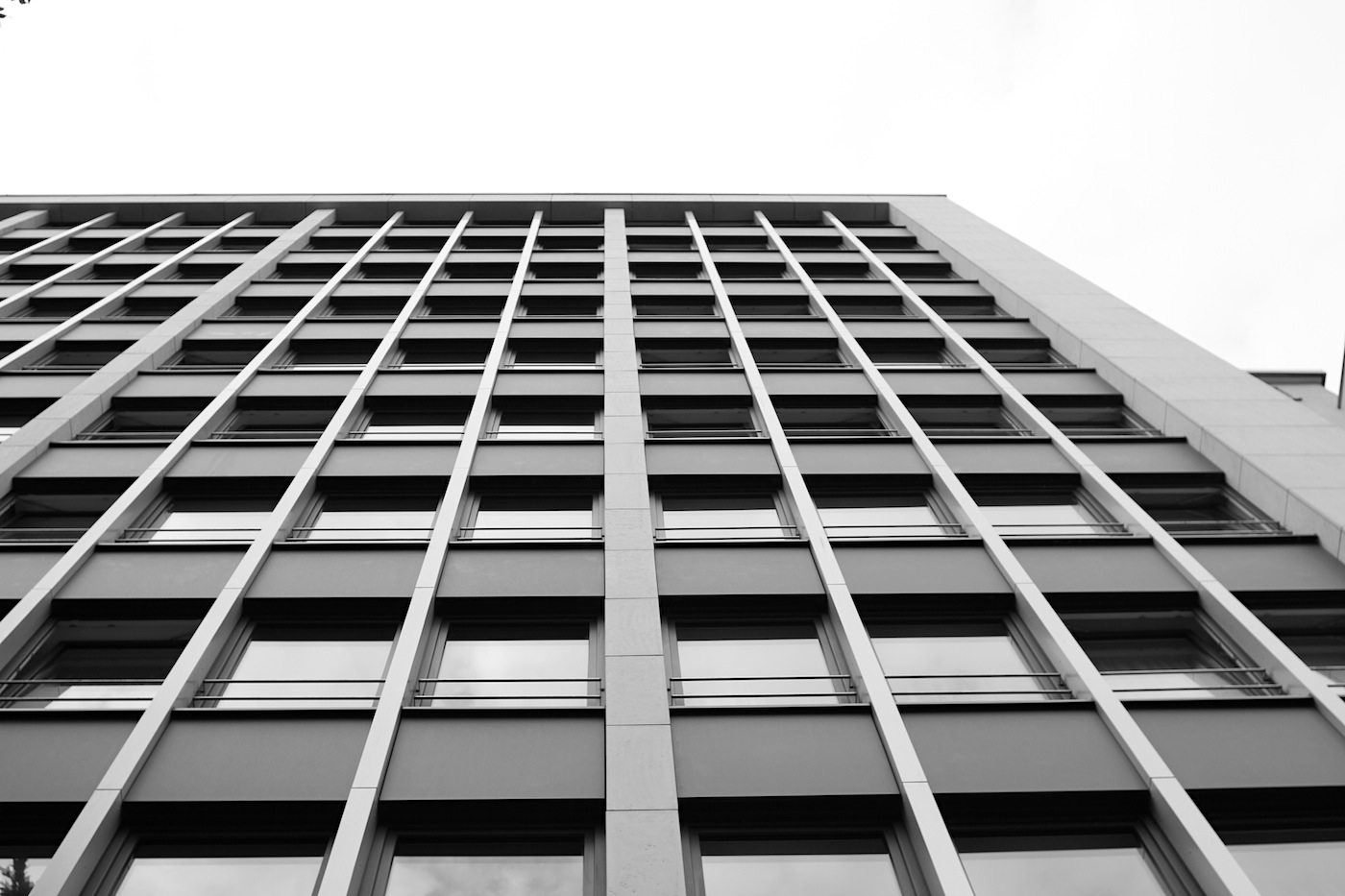
me and all hotels
The new boutique brand of Lindner Hotels AG, located in the middle of the Japanese quarter, appeals to city and business travellers alike with a deliberately casual, urban atmosphere.
Dusseldorf
is the capital of the German state of North Rhine Westphalia and with more 610,000 the seventh most populous city in Germany. The city is an international business and financial centre, renowned for its fashion and trade fairs with headquarters of Fortune Global 500 and DAX companies. Dusseldorf is known for its academy of fine arts (Joseph Beuys, August Macke, Gerhard Richter, Sigmar Polke, Andreas Gursky), its pioneering influence on electronic and experimental music (Kraftwerk) and its Japanese community, the largest in Germany. Mercer's 2012 Quality of Living survey ranked Dusseldorf the sixth most livable city in the world. In Dusseldorf there are some new tall buildings in the pipeline. The city is also home to Germany's oldest skyscraper, called Wilhelm-Marx-Haus. Dusseldorf’s most intriguing architectural works are found along the renovated Media Harbour, where highlights include the wave-like Gehry office blocks („Neuer Zollhof“), the Rheinturm TV tower, the city’s tallest building at 234 meters and the glass Stadttor "City Gate."
THE LINK tip
We stayed overnight in the me and all hotels Dusseldorf, at their invitation. "Chill-out zone, melting pot. The Japanese Dusseldorf feeling" – that is how the hotel (part of the Lindner Gruppe) describes the direction and ambience of the 177-room building. The new boutique brand of Lindner Hotels AG, located in the middle of the Japanese quarter, appeals to city and business travellers alike with a deliberately casual, urban atmosphere. What sounds like just another clean, business-oriented hotel chain turns out to be a cosmopolitan showroom, with lovingly detailed, minimal design that does not feel overdone. That sense is due to its materiality, which combines warm wood, fine industrial style and a complementary vintage and salon look, with a Japanese touch. It also a direct, playful approach. This at first seems like Ikea-lite – young and informal – but then turns out to be a consistently authentic international style. In this regard, the four-star hotel (which opened at the end of 2016) is perfectly embedded in Dusseldorf’s "Little Tokyo." With the implementation of the new boutique concept, the hotel did away with conference rooms, a wellness centre and restaurants. The architects for the interior defined the layout of the rooms in a unique way: Shower stalls are installed directly onto the exterior façades. As a culinary offering, there is a breakfast room in the uppermost penthouse floor with an impressive view of the skyline. In the evenings, this room is repurposed as a bar, thus becoming the glowing crown of the hotel.